Seidnaya صيدنايا
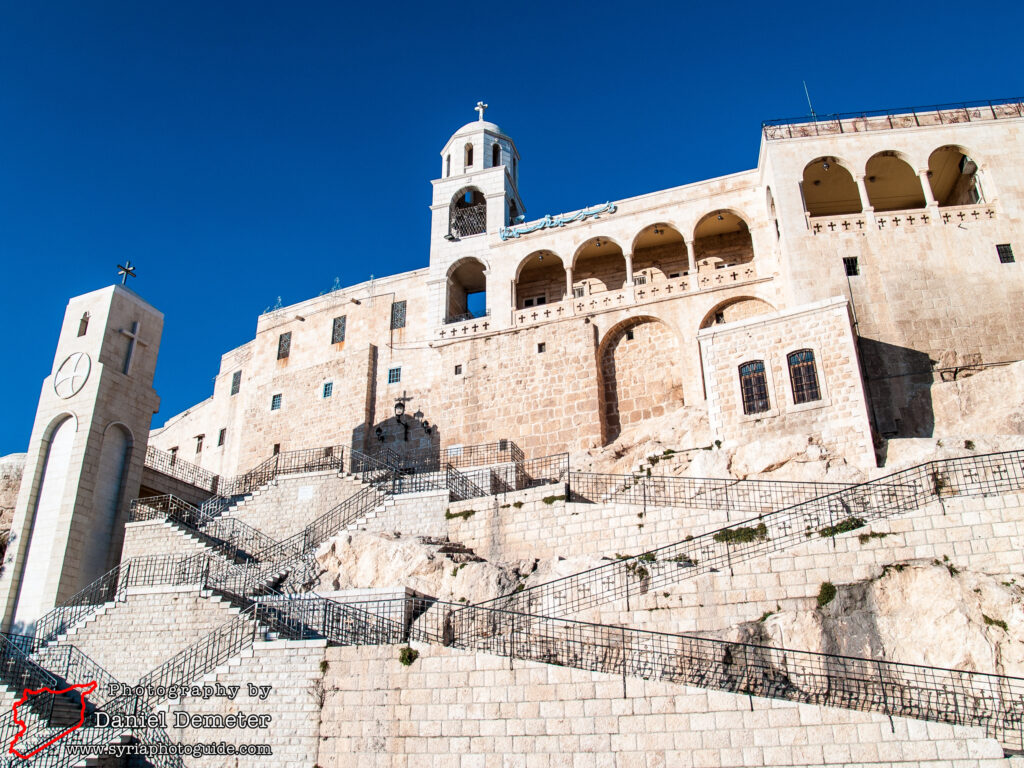
Seidnaya (صيدنايا), a small town located in the mountains north of Damascus (دمشق), has long been a significant place of pilgrimage for Christians in the region. While more notable as a place of religious pilgrimage than for any outstanding archaeological remains, the town has ancient origins and the monastery here, easily mistaken for a castle, is quite impressive. A visit to Seidnaya (صيدنايا) is definitely a worthwhile excursion from Damascus (دمشق), and one might also want to consider hiking from Seidnaya (صيدنايا) to the nearby monasteries of Deir Mar Touma (دير مار توما) and Deir al-Shirubeim (دير الشيروبيم), both of which have ancient origins.
During the Crusades, Seidnaya (صيدنايا) became the most important pilgrimage site in the East after Jerusalem. Its significance can be attributed to an image of the Virgin Mary, purportedly painted by St. Luke the Evangelist. The various miracles associated with this icon brought the chapel wide fame, and the Crusaders were fascinated by the legends of “Notre Dame de Sardeneye”. Even in times of open hostility between the Crusaders in Jerusalem and the Muslims of Damascus (دمشق), pilgrims reached Seidnaya (صيدنايا).
According to legend, the monastery of Seidnaya (صيدنايا) was founded by Justinian, who ruled over the Byzantine empire from 527-565. It was probably built on the site of an earlier Greek or Roman shrine, but it has been rebuilt so many times there’s little of antiquity remaining in present structure. It’s possible to identify bits of ancient and medieval masonry in the lower courses of some of the walls, but most of the structure dates from the 19th century. Today the monastery is in the care of the Greek Orthodox Church.
After ascending a flight of steps and entering through the confined doorway, the interior of the monastery is a maze of indeterminate origins. The main church is straight ahead, while the shrine of the icon is to the right in a small, candle-lit room. The concealed image of the Virgin Mary is said to be an early copy of the one reputedly painted by St. Luke, and there are other icons said to date from the fifth and seventh centuries. The shrine is usually crowded; perhaps most surprising is the number of non-Christians, particularly on Friday, reflecting the long tradition of Muslim interest in the shrine and its legends.
The main day of pilgrimage is September 8th, the birthday of the Virgin Mary, and the main celebrations begin on the night of the 7th. Christians and Muslims attend from all over the Middle East.
After visiting the church and shrine, it is worthwhile to wander through the monastery and up to the roof, which provides great views of the surrounding mountains and the town and valley below. Also notable are tombs carved into the rock base of the monastery on the eastern side, which are clearly of ancient origin. Below the monastery, a short walk to the southeast, is a pleasant little chapel dedicated to Saint Peter (Mar Boutros) in a converted Roman tomb. The design is quite austere, only the doorway and a deep cornice relieve the basic cube shape. The interior is cruciform.
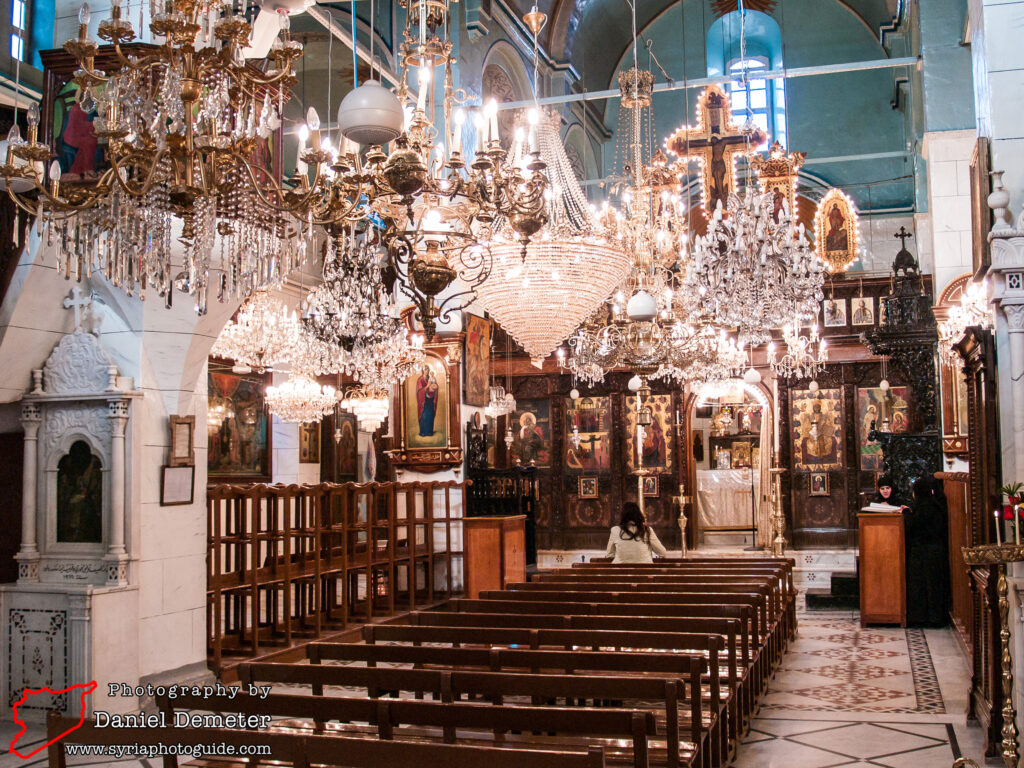
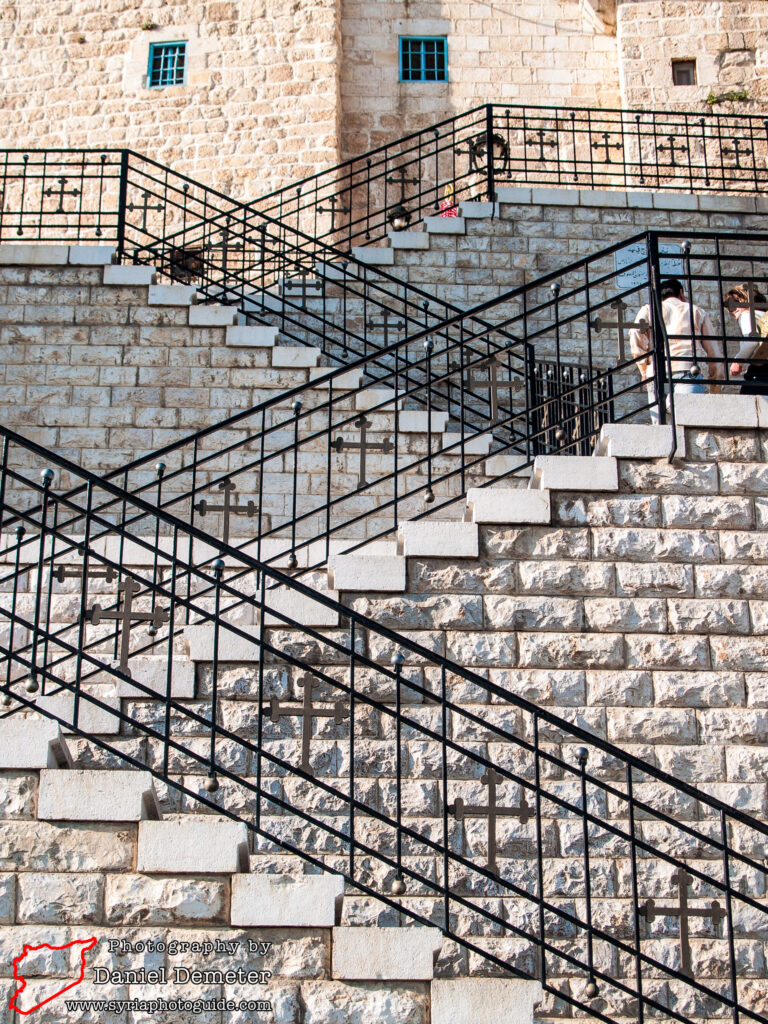
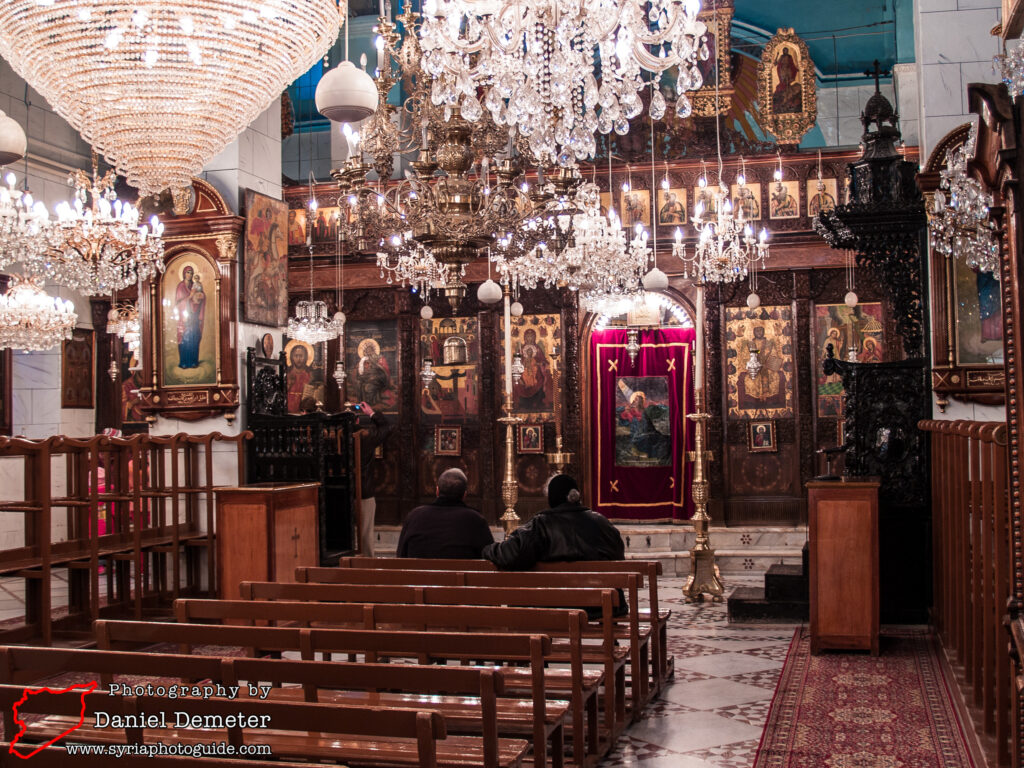
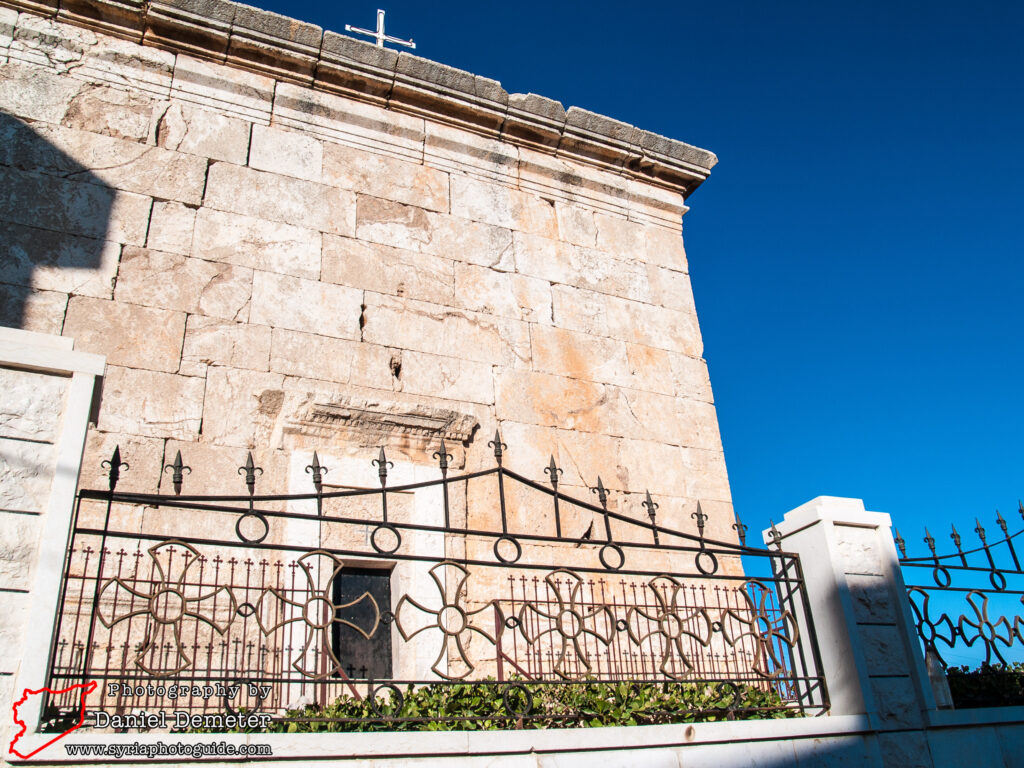
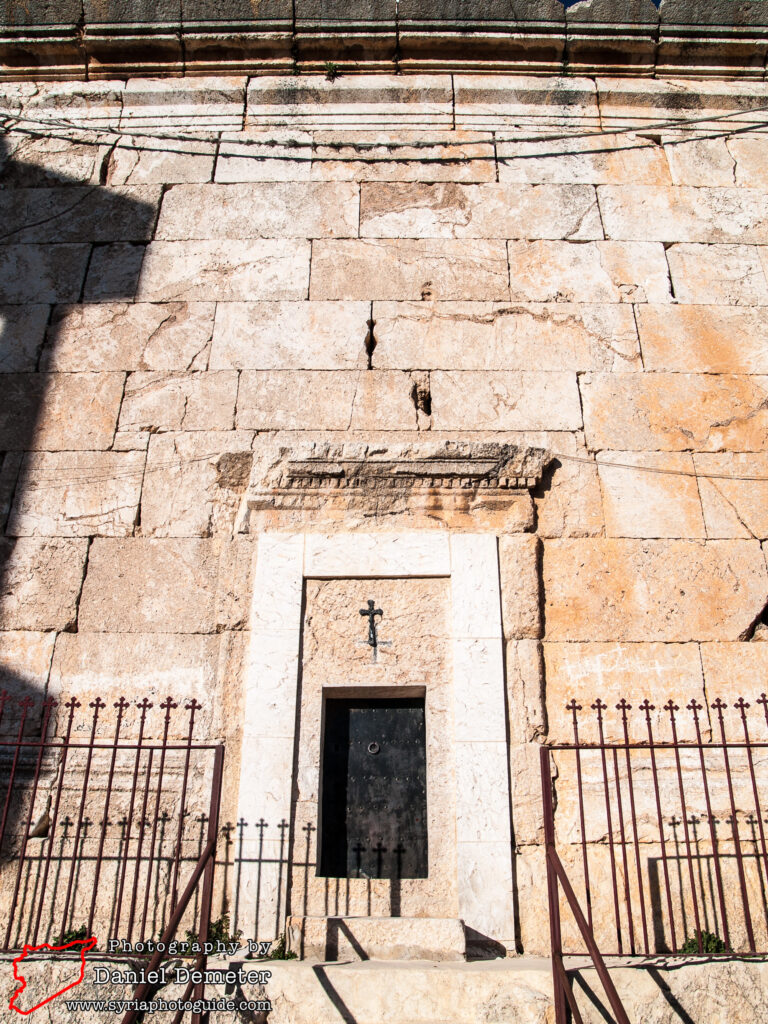
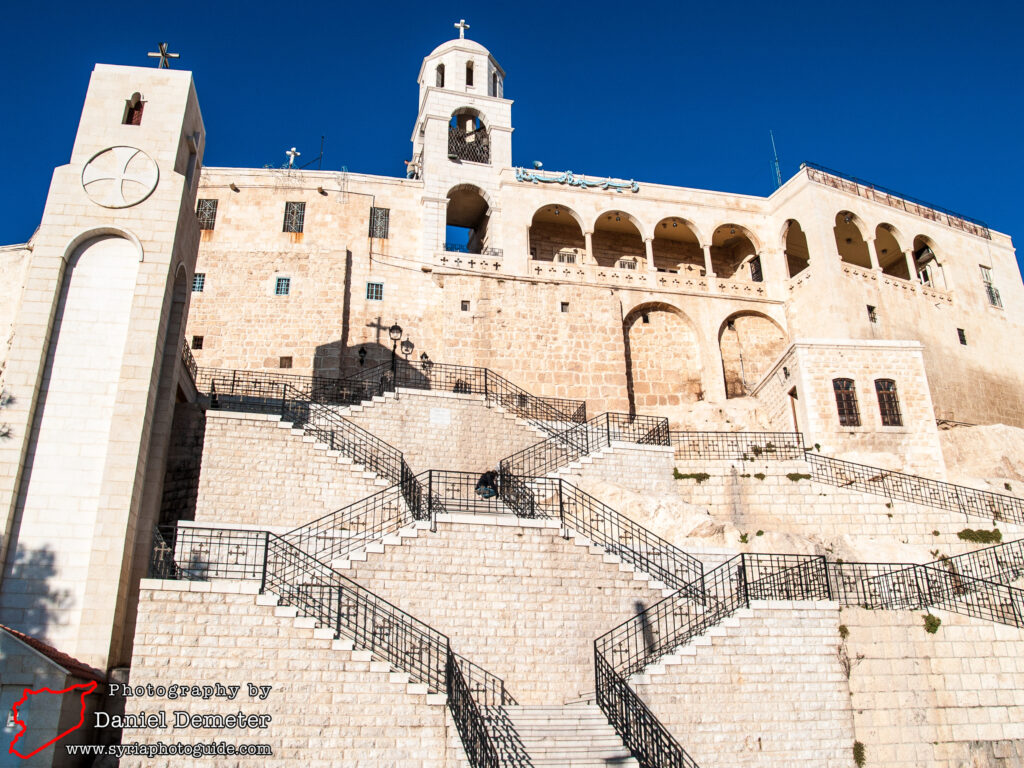
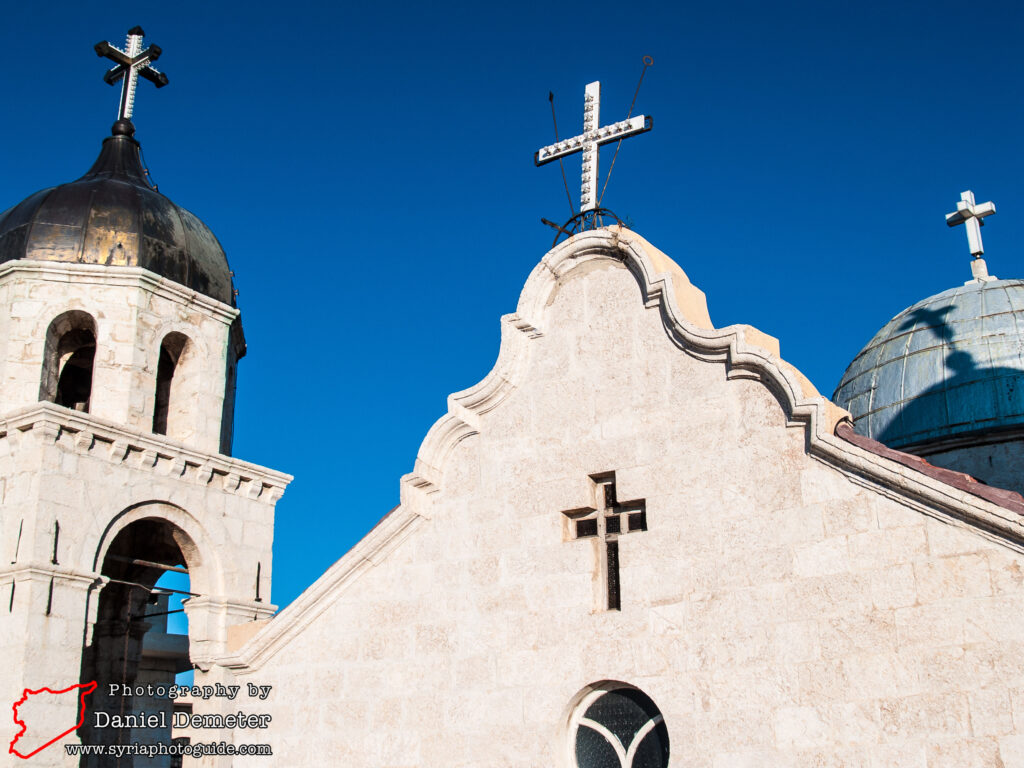
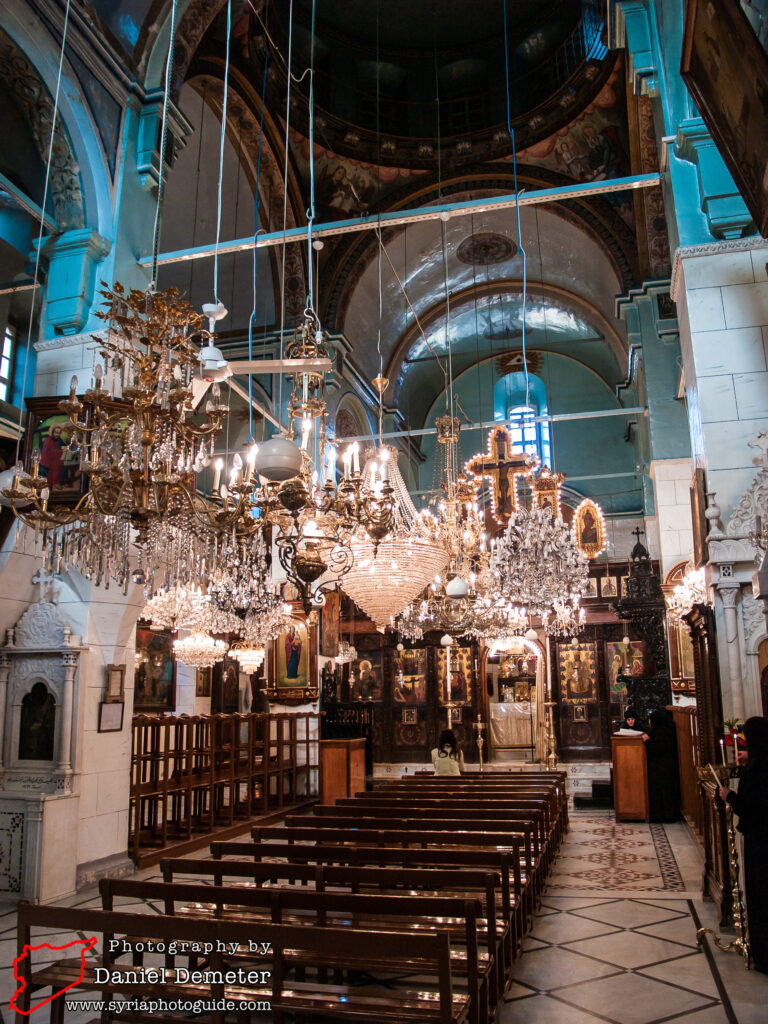
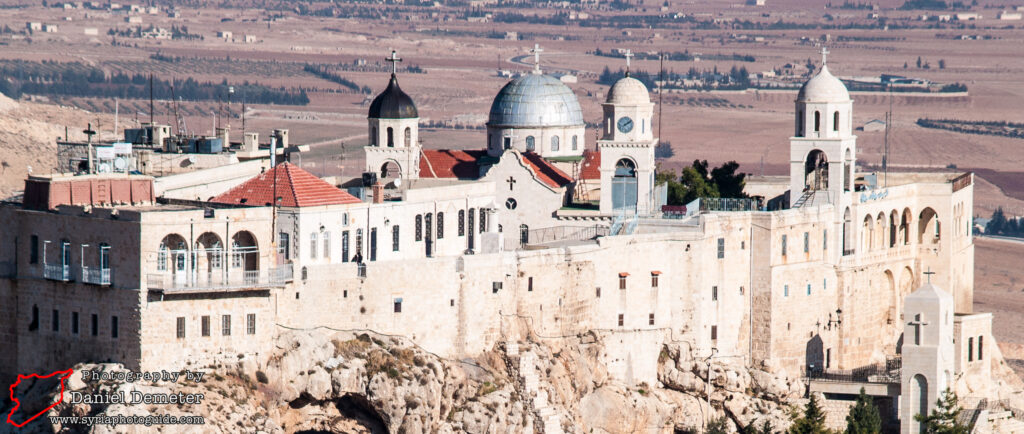
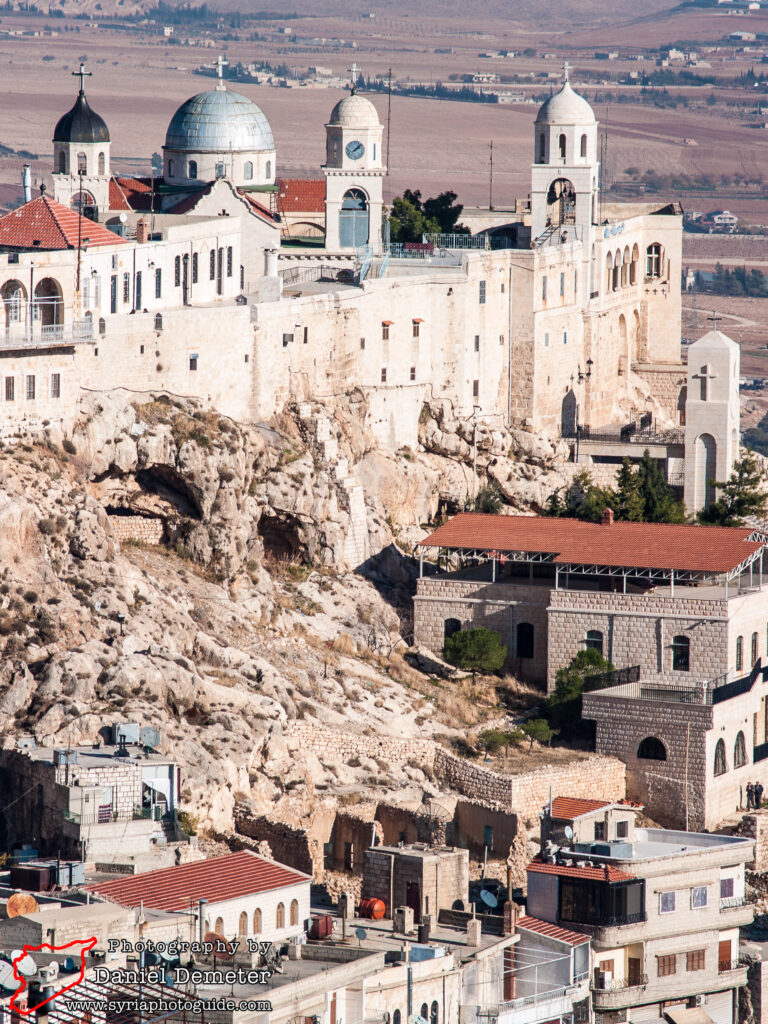
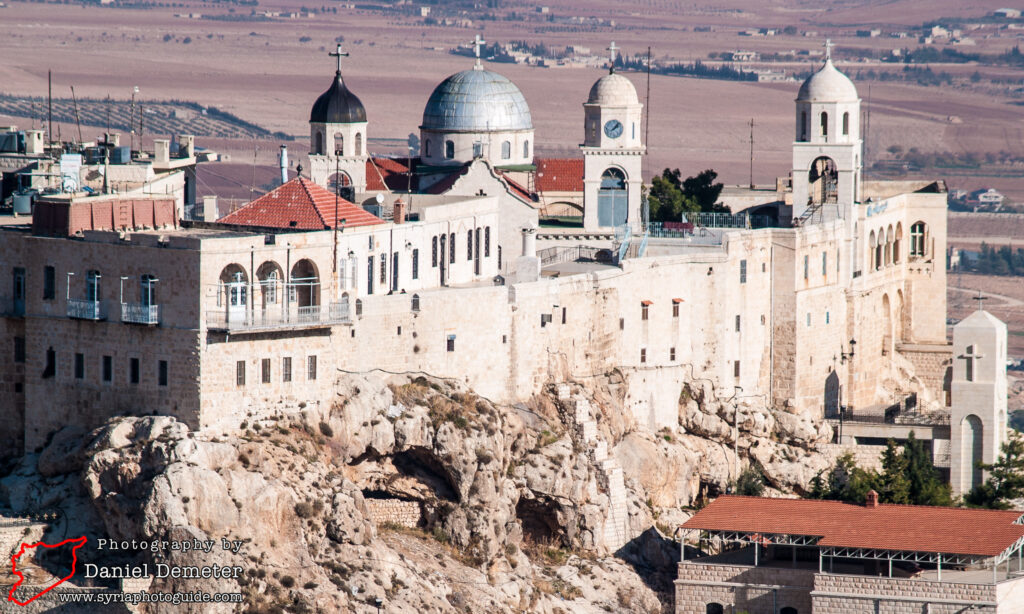
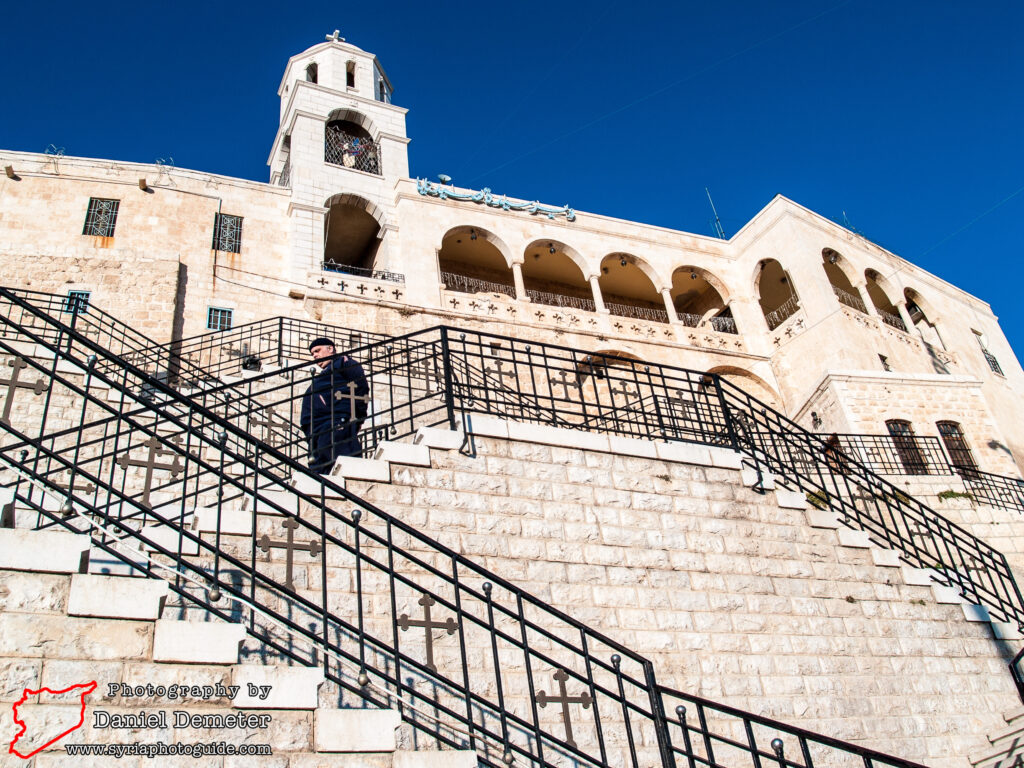
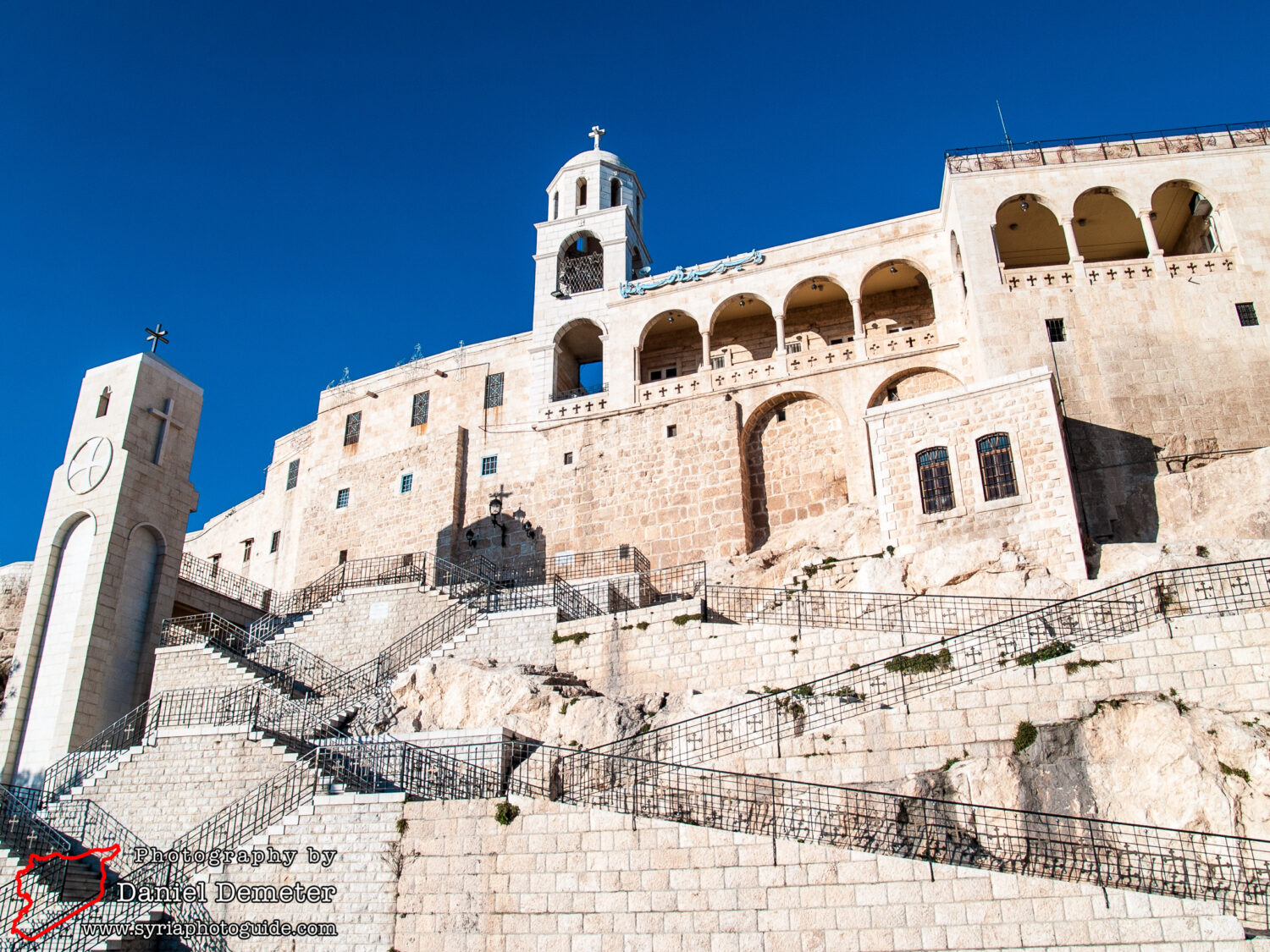
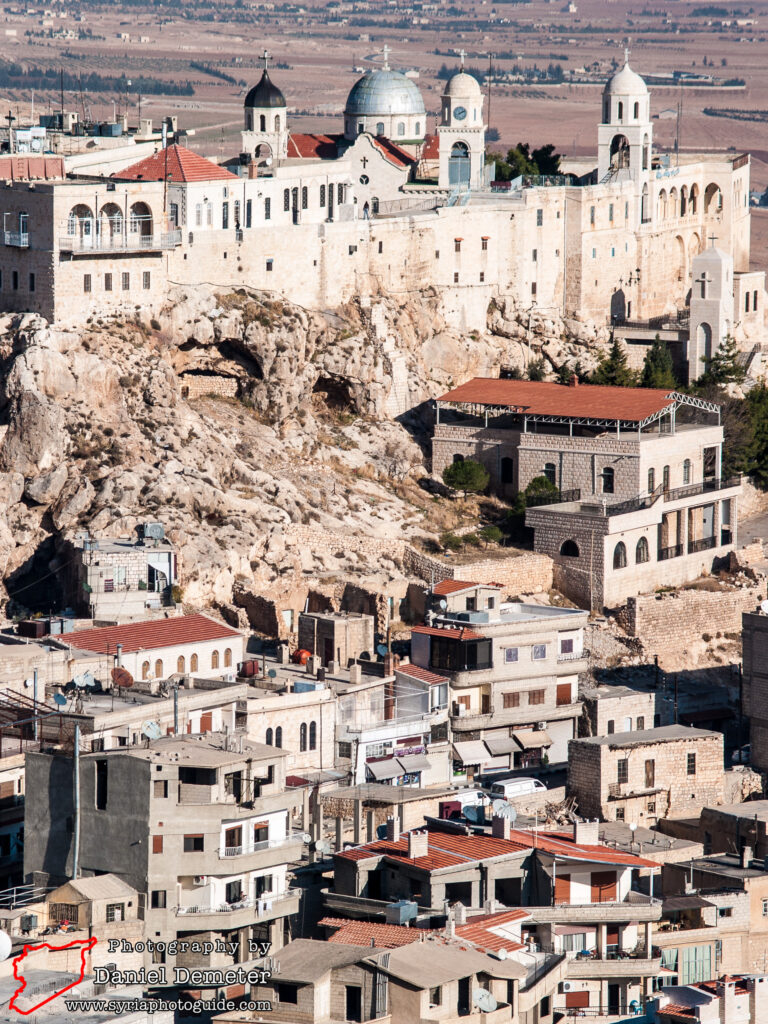
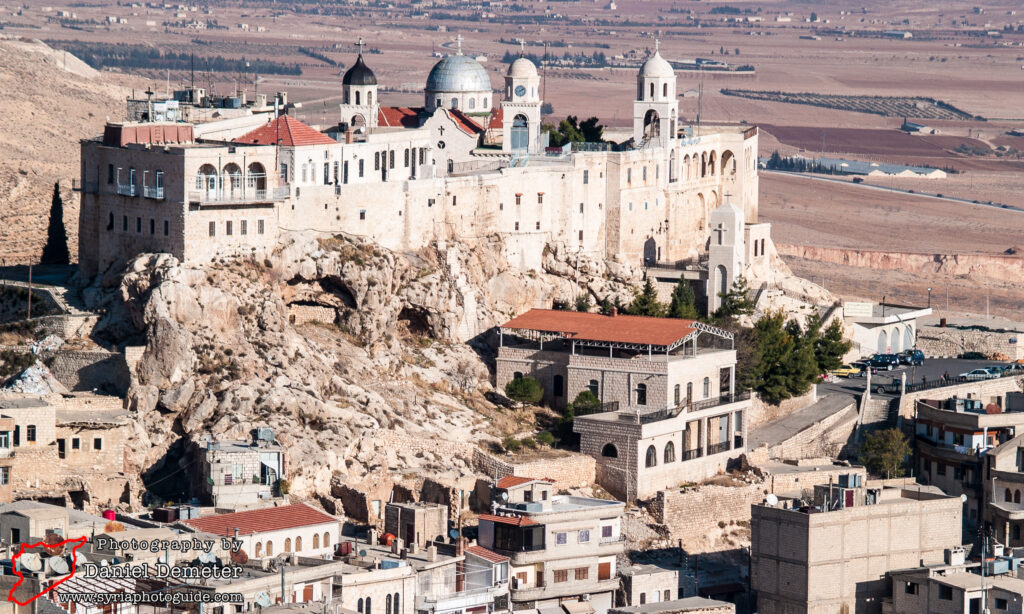
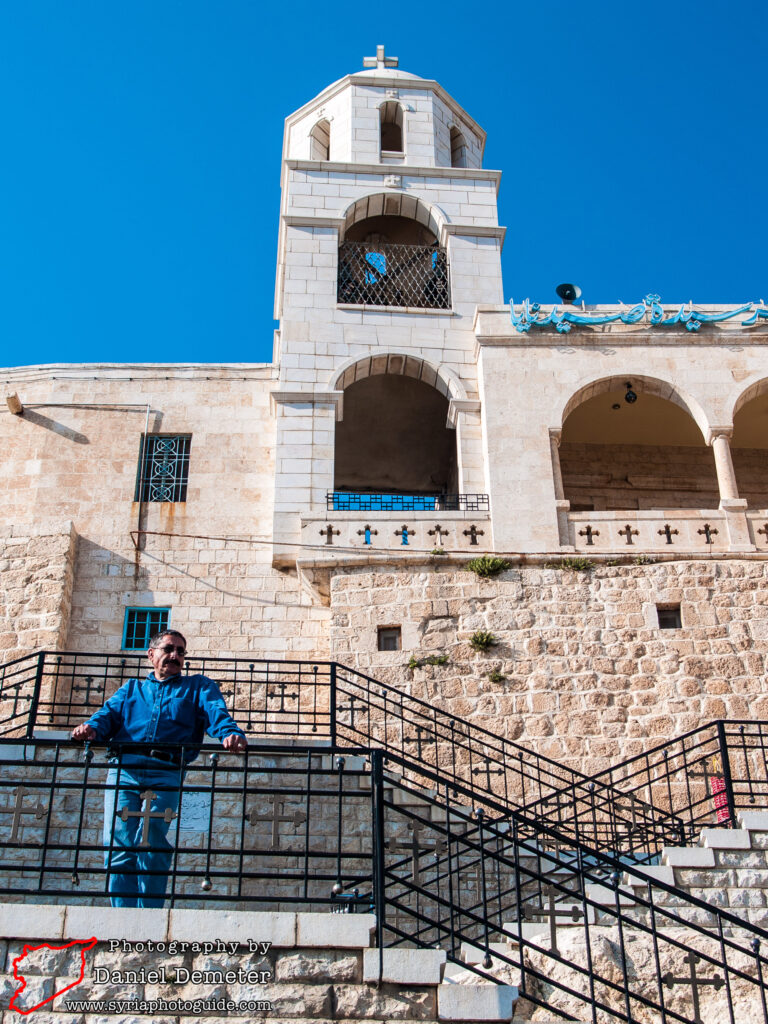
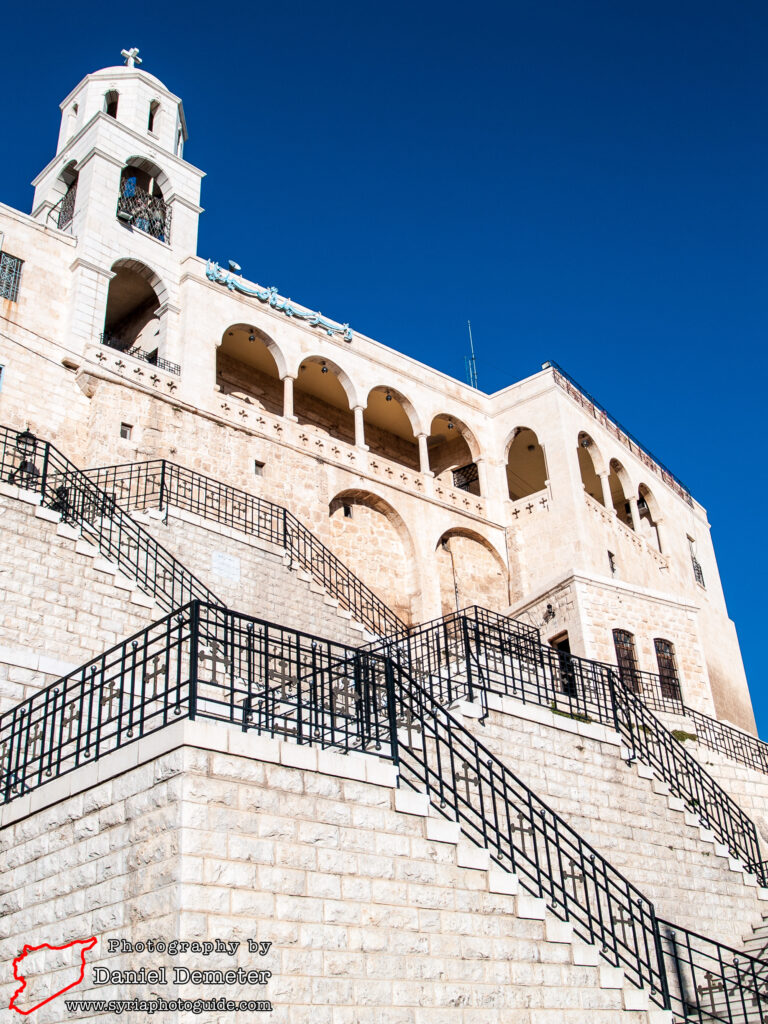
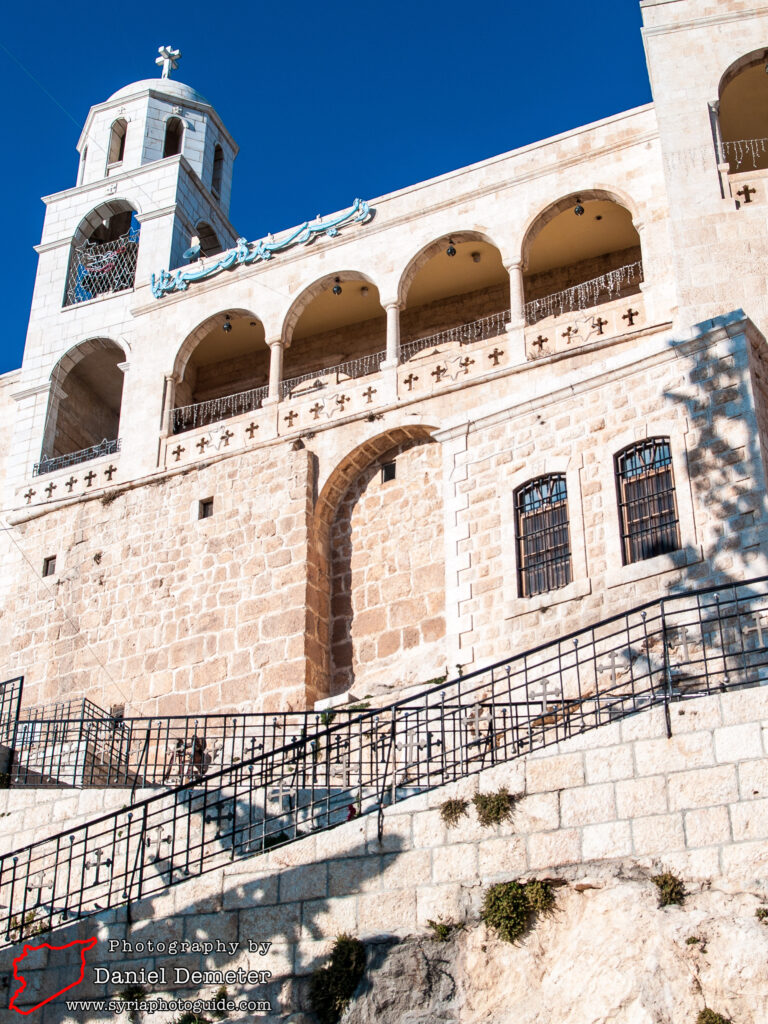
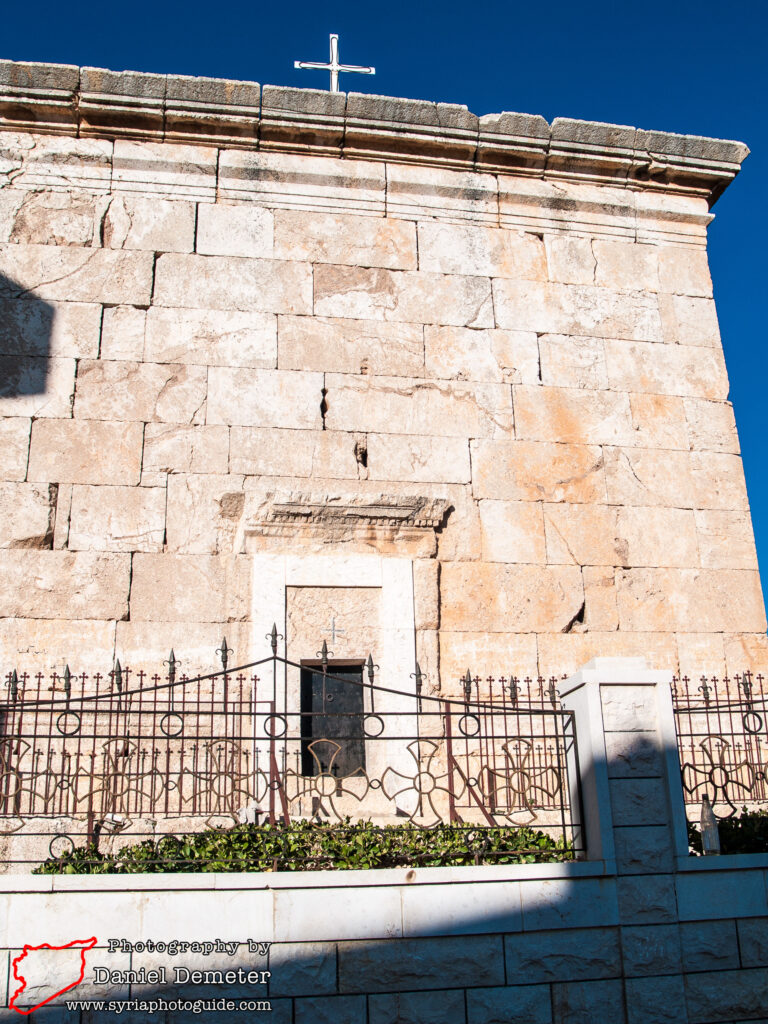
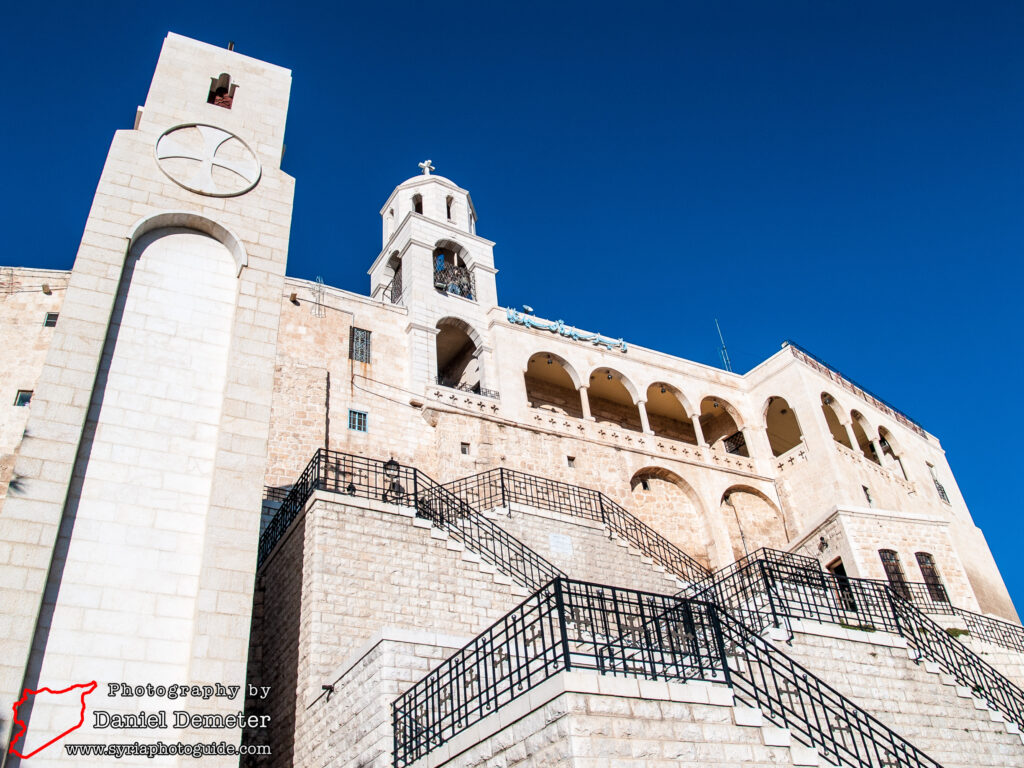
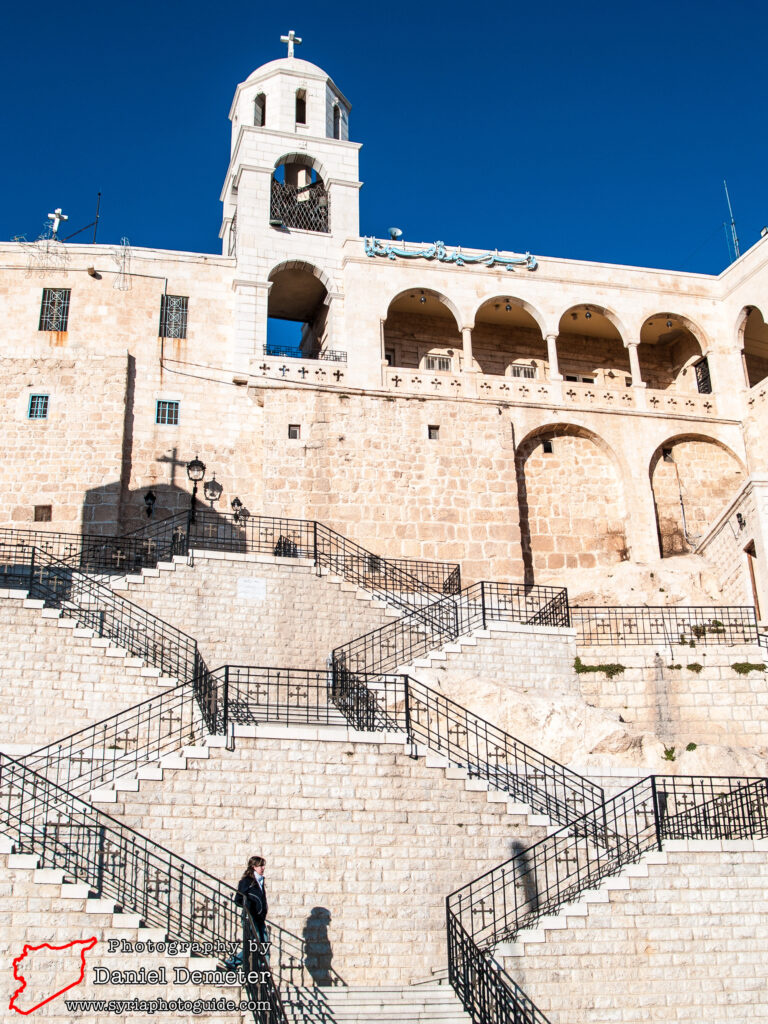
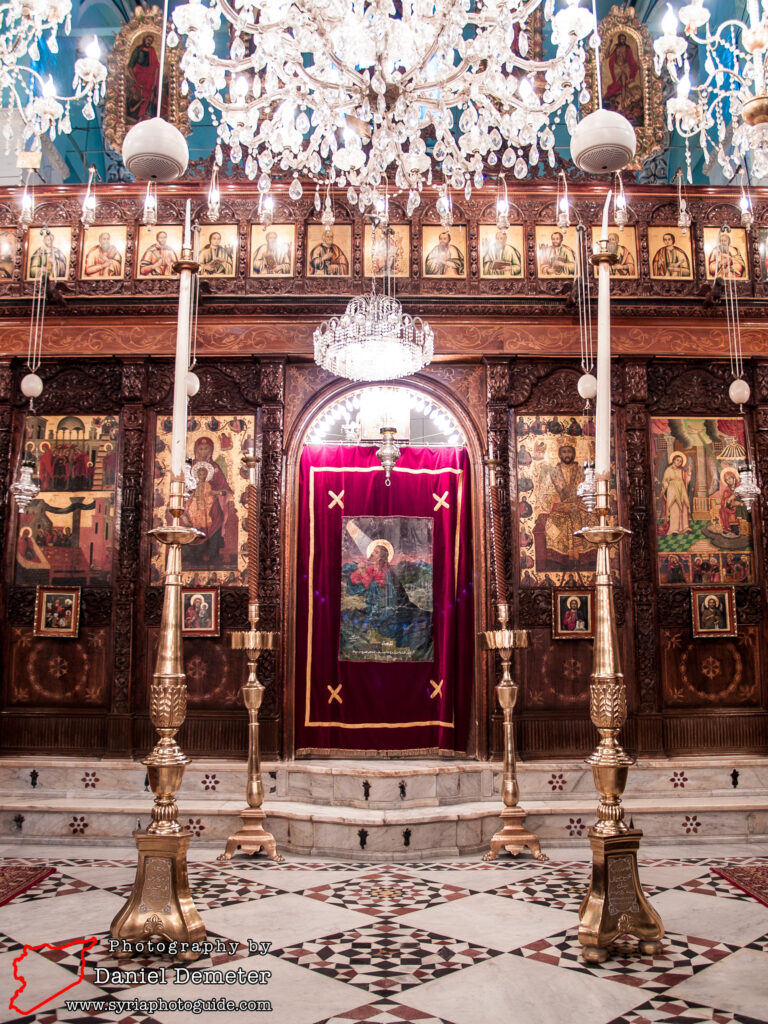
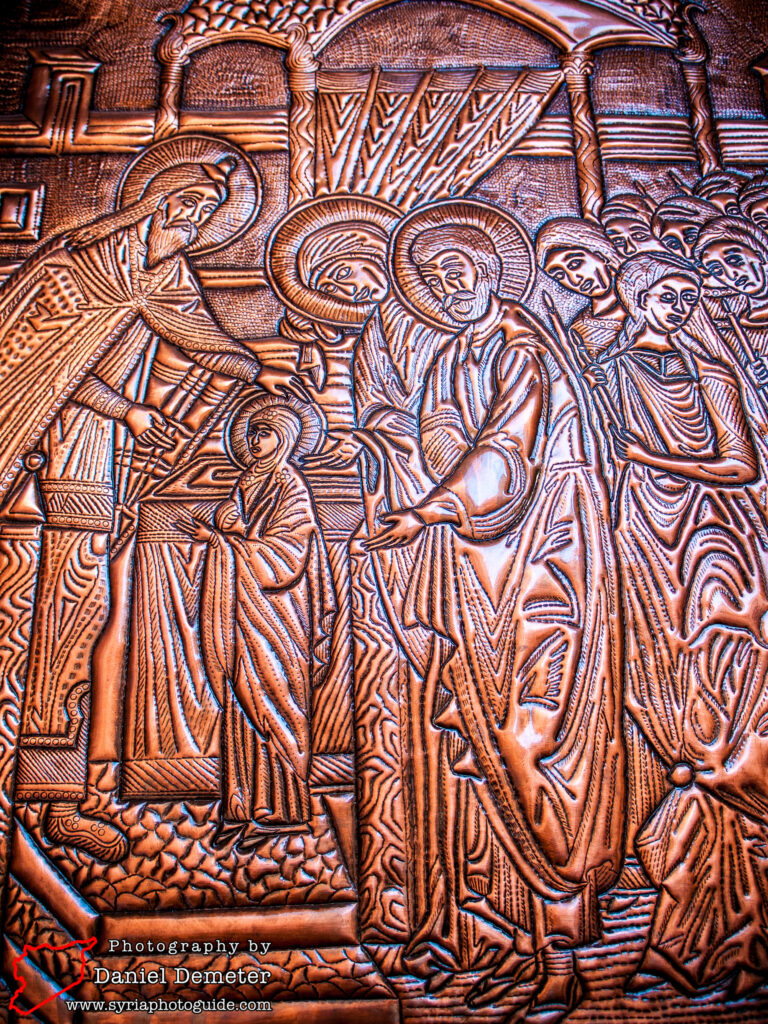
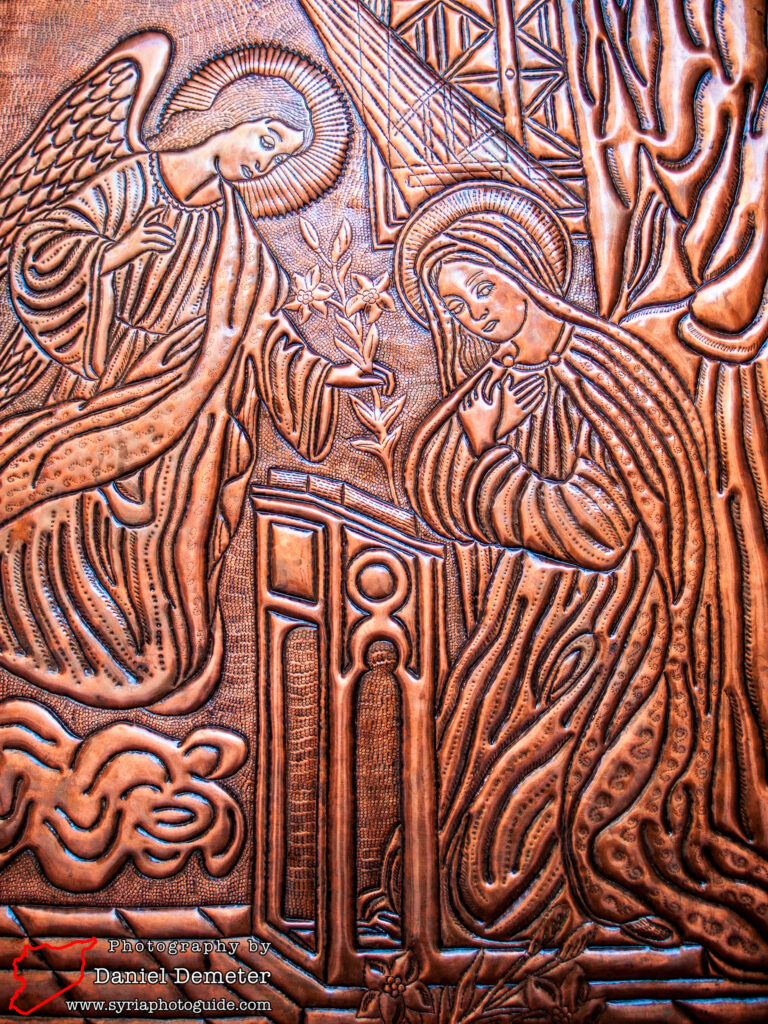
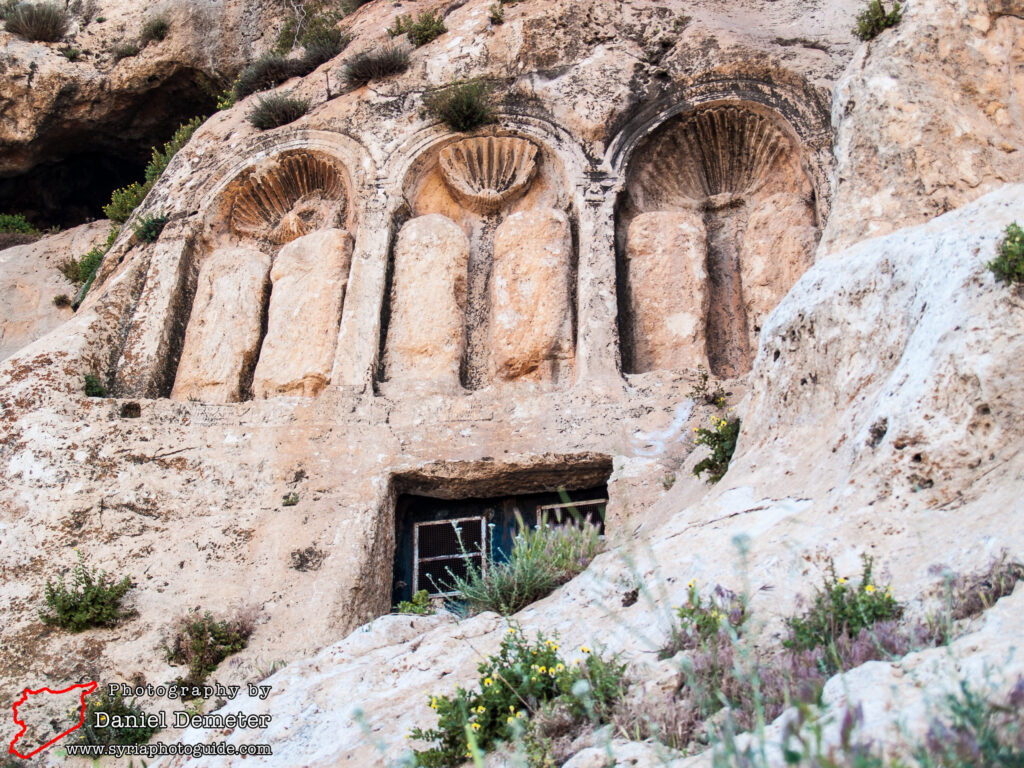
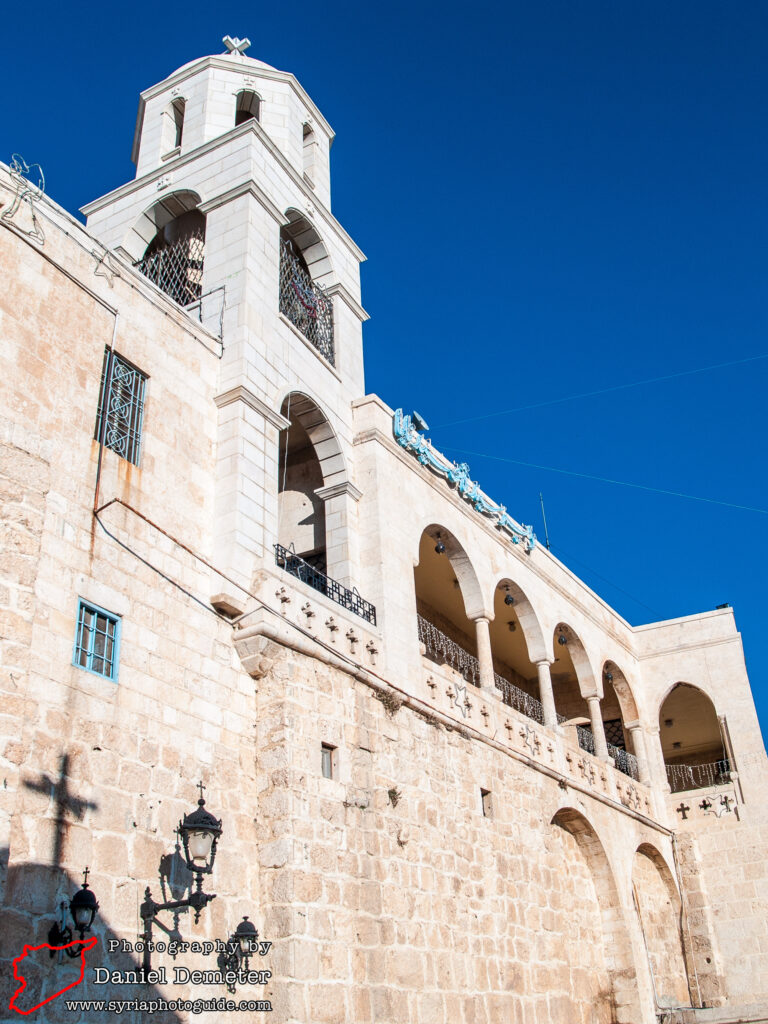
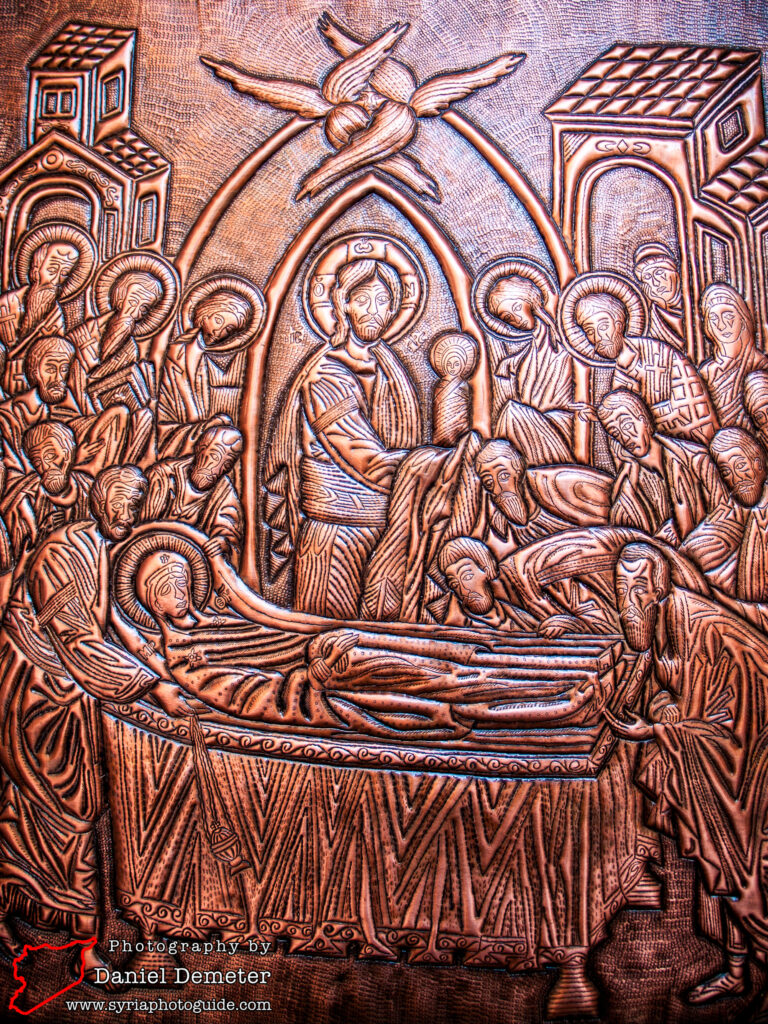
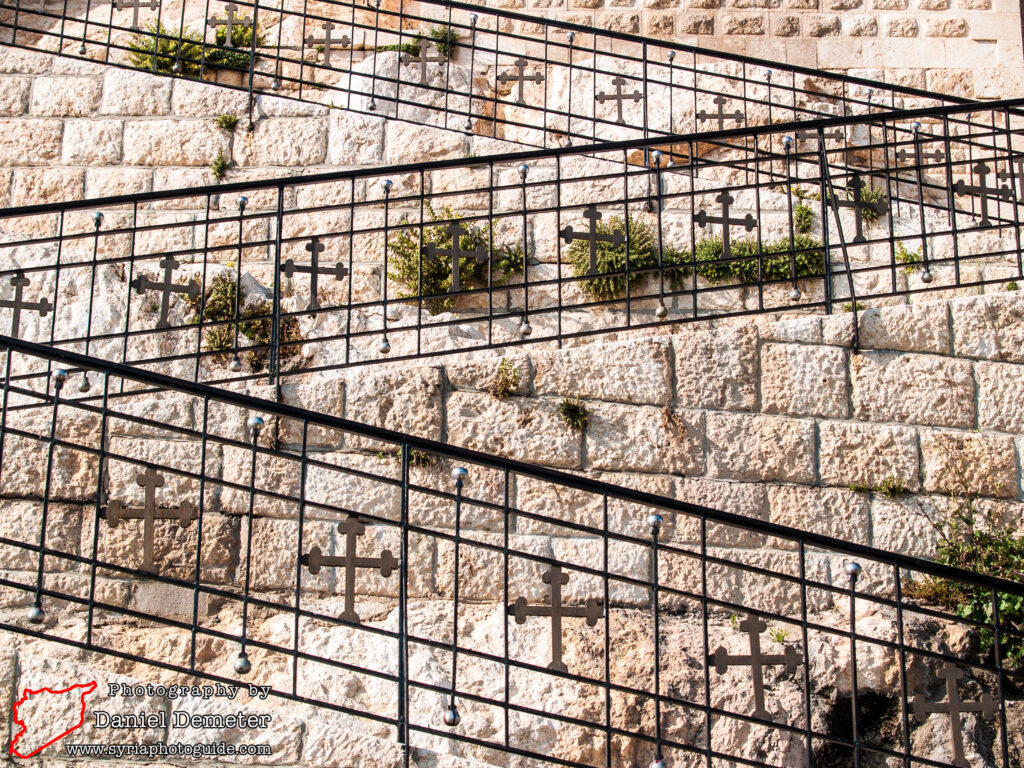
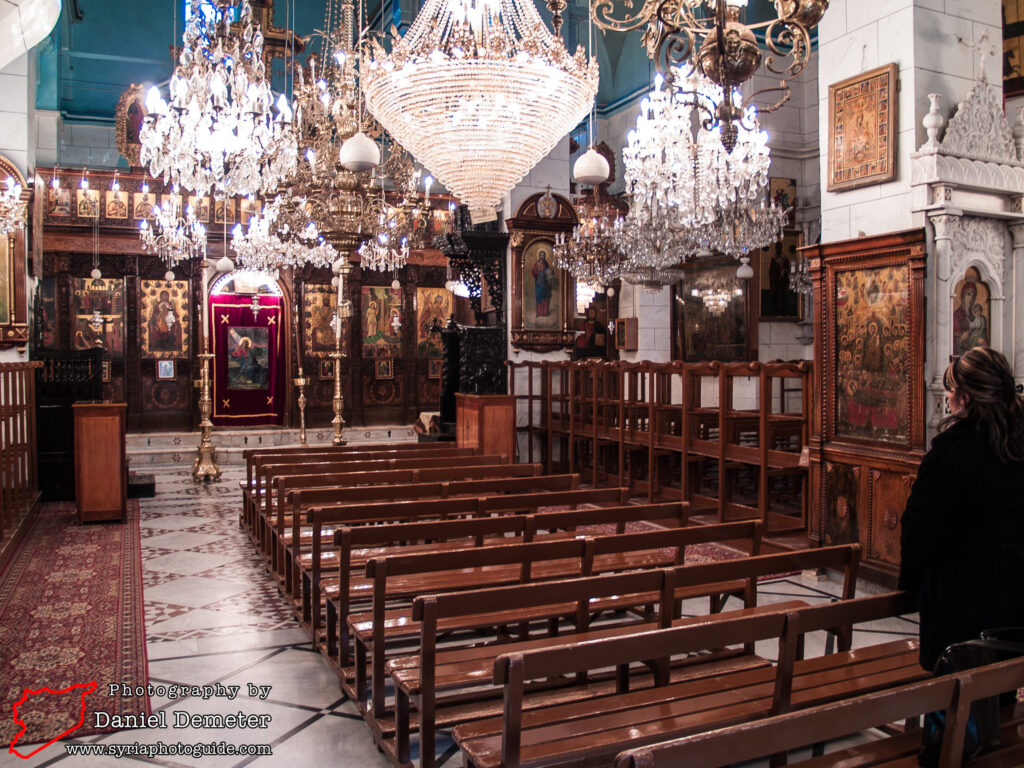
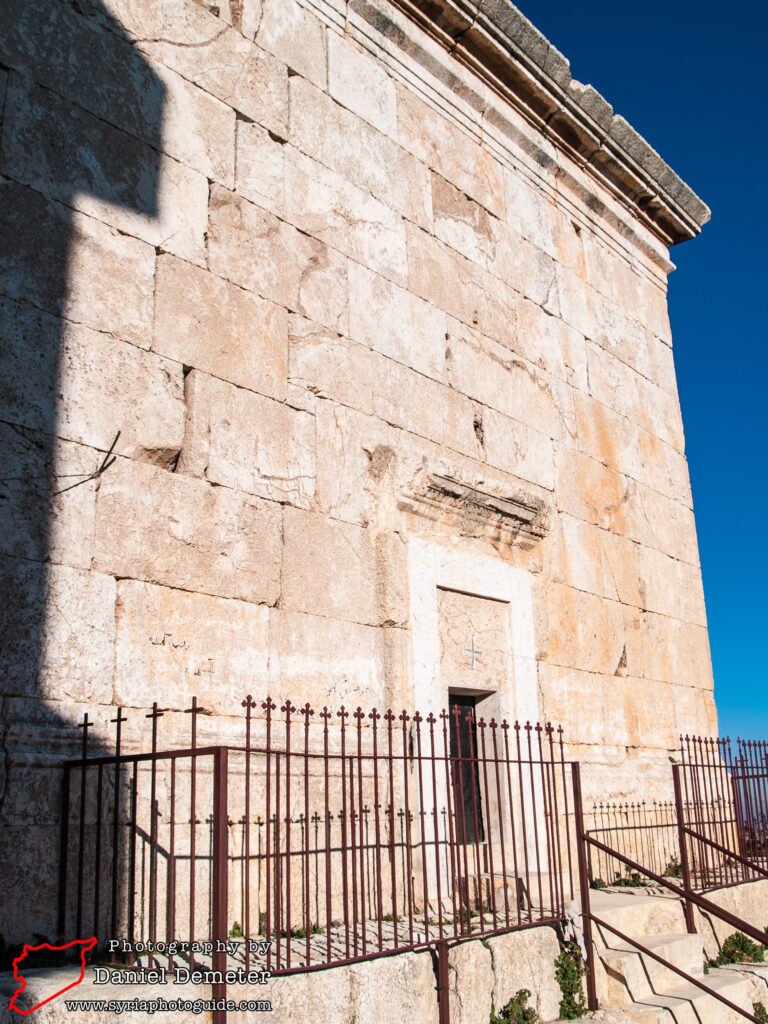
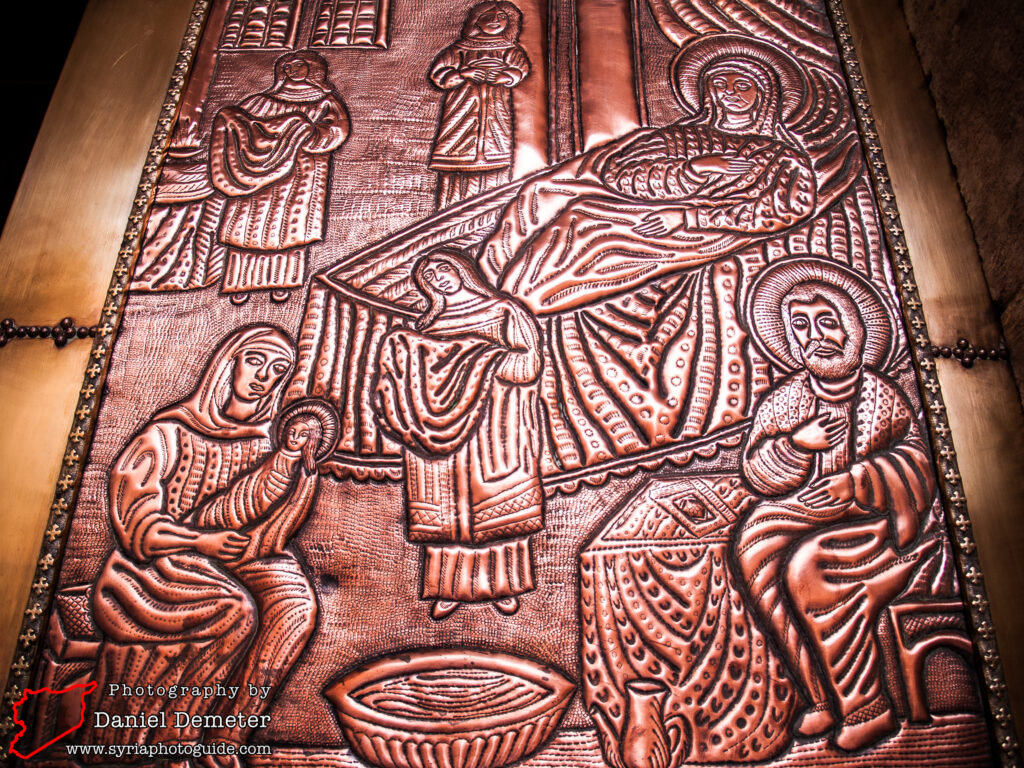
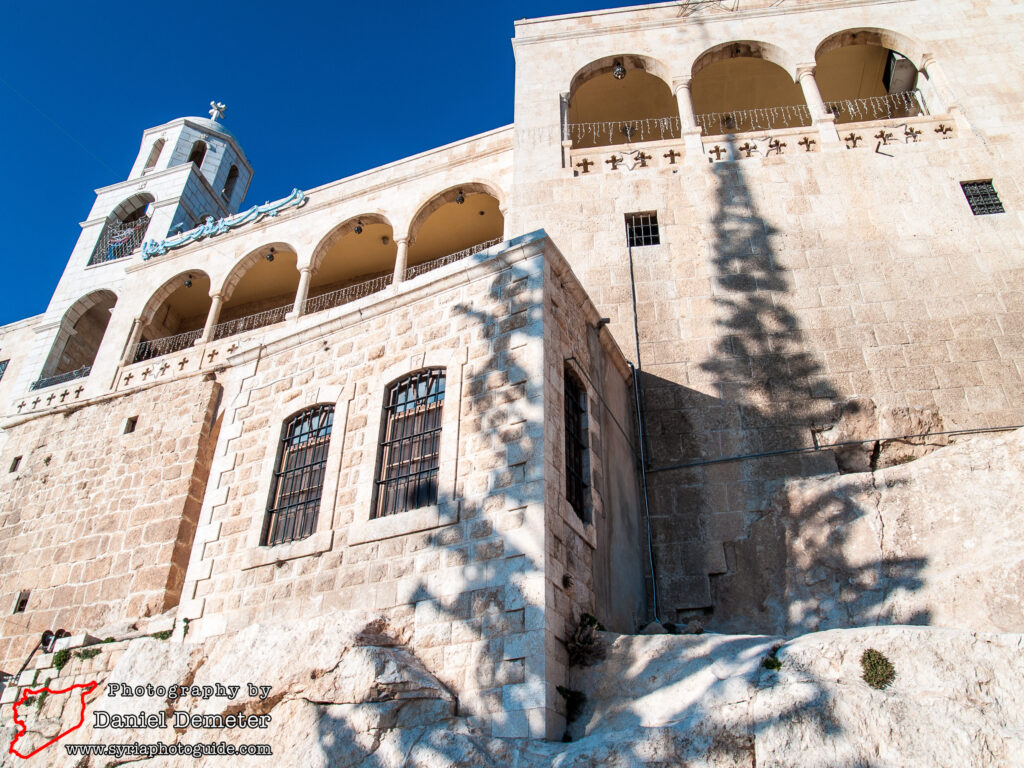
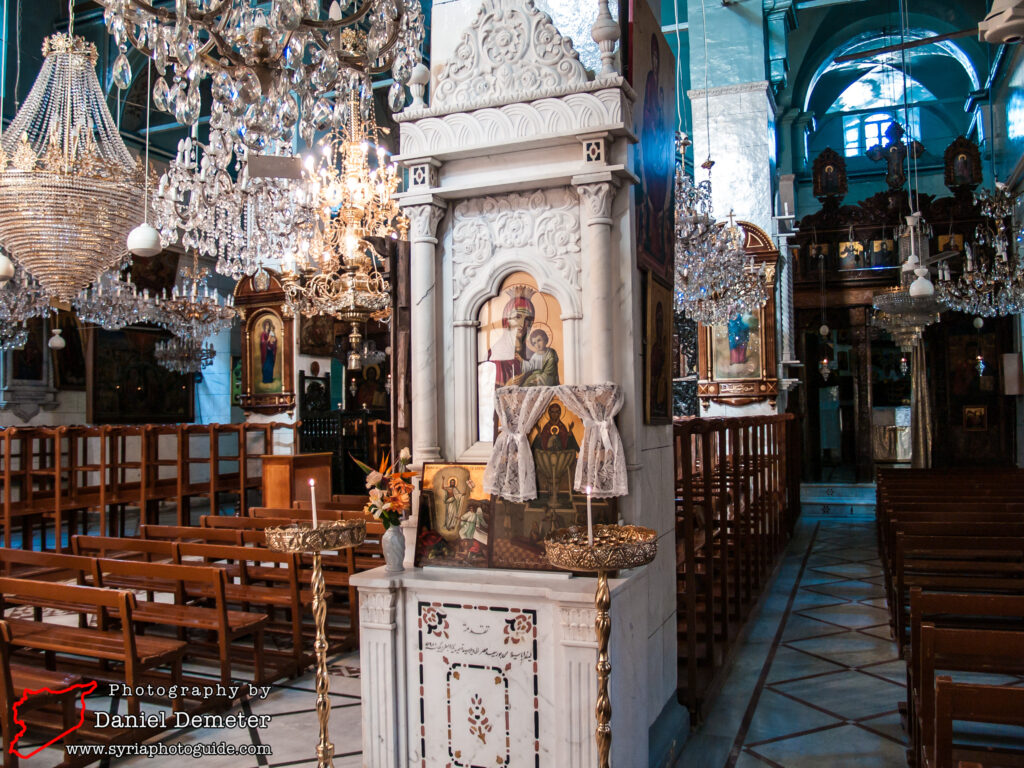
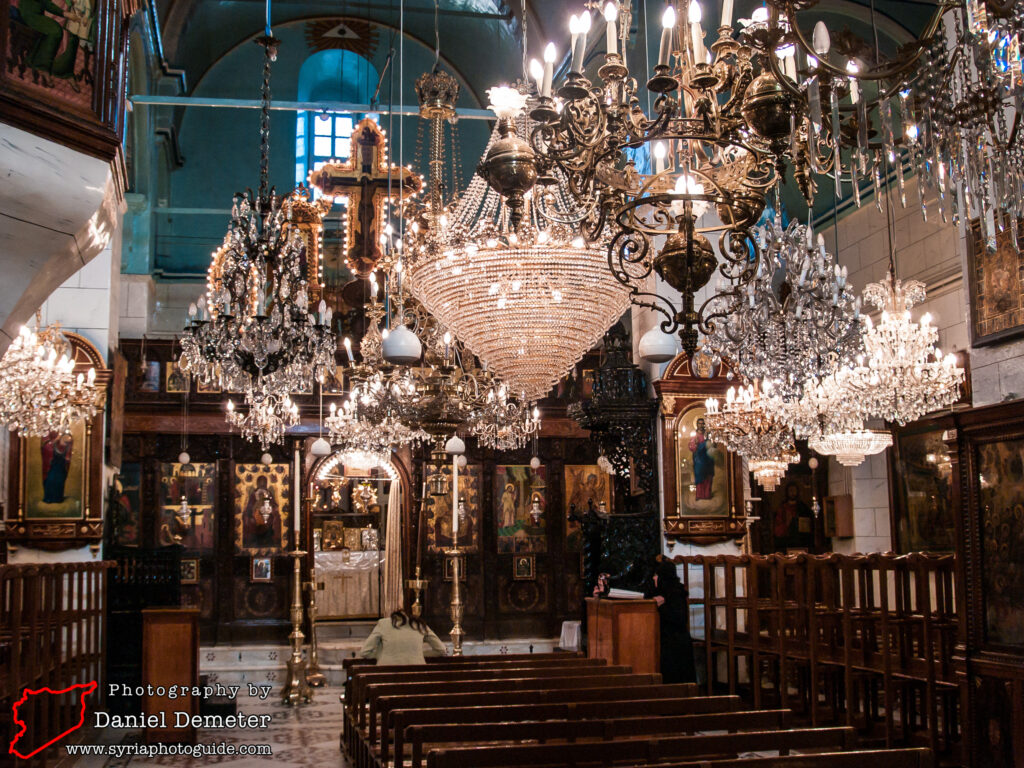
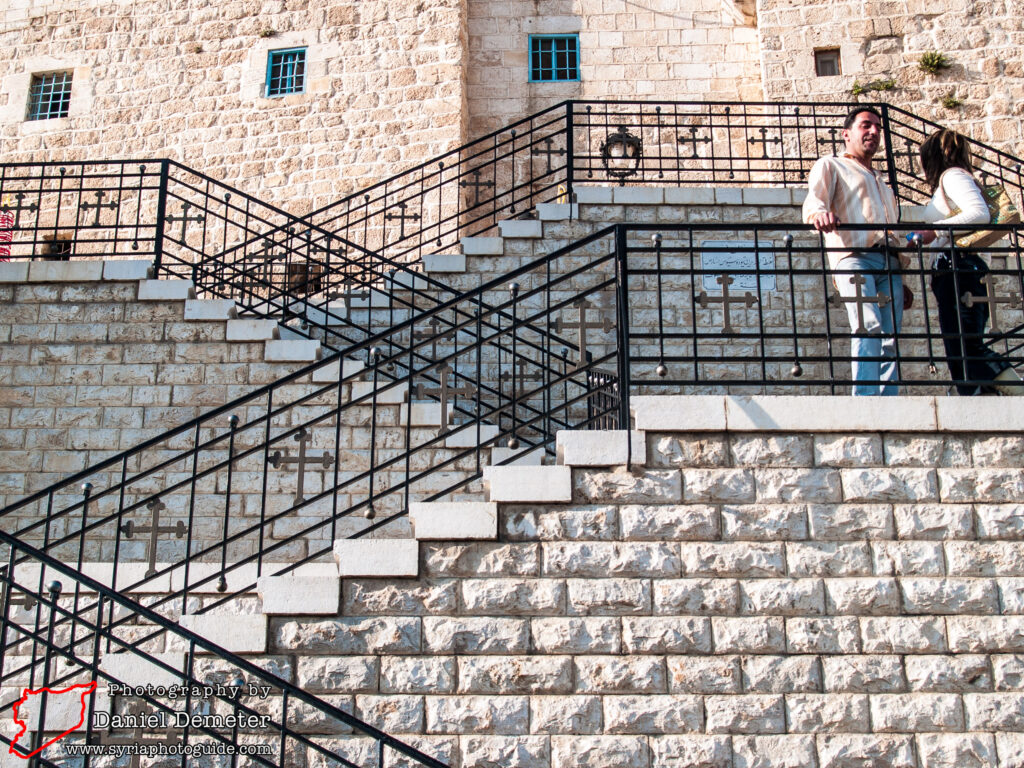
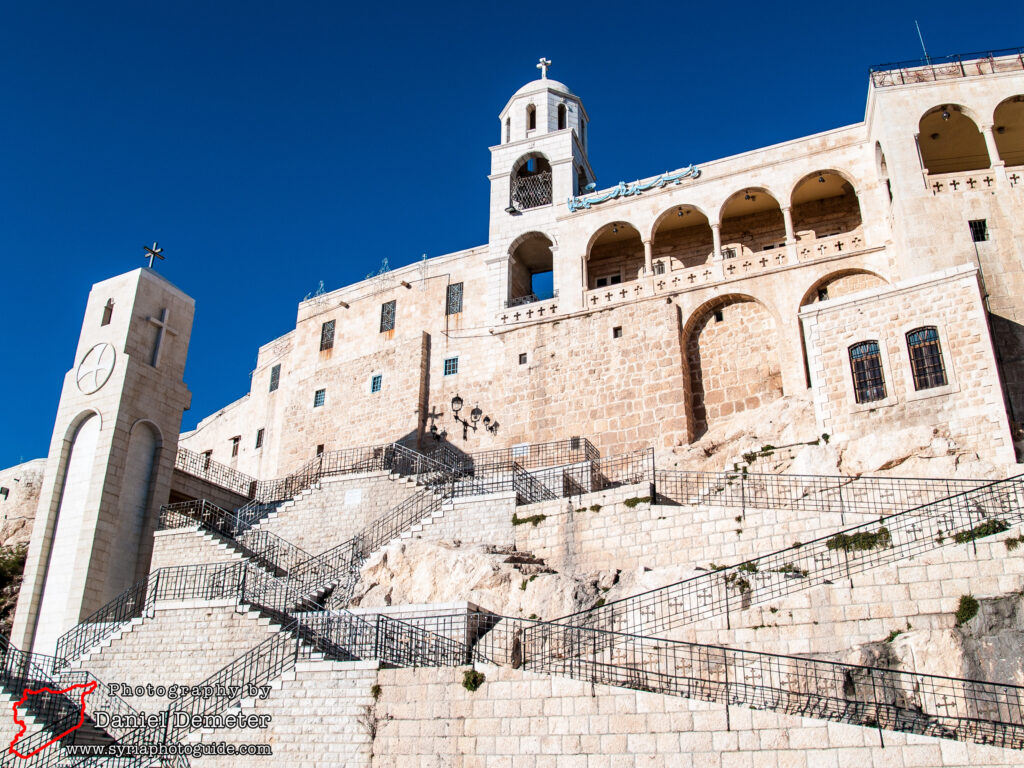
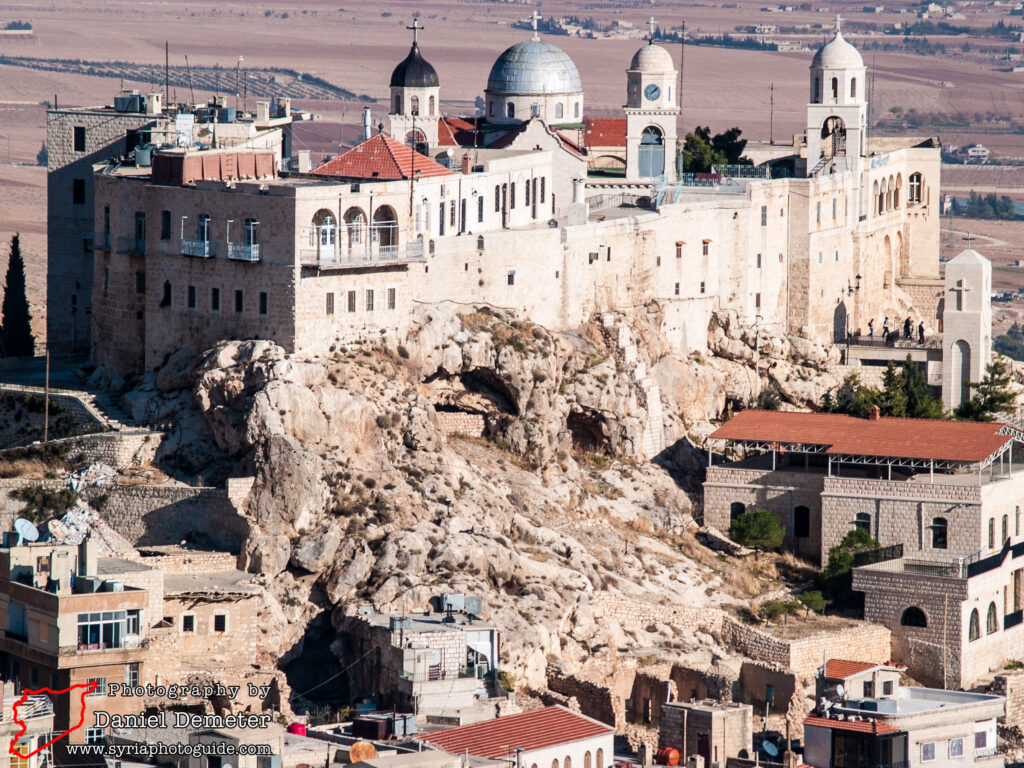
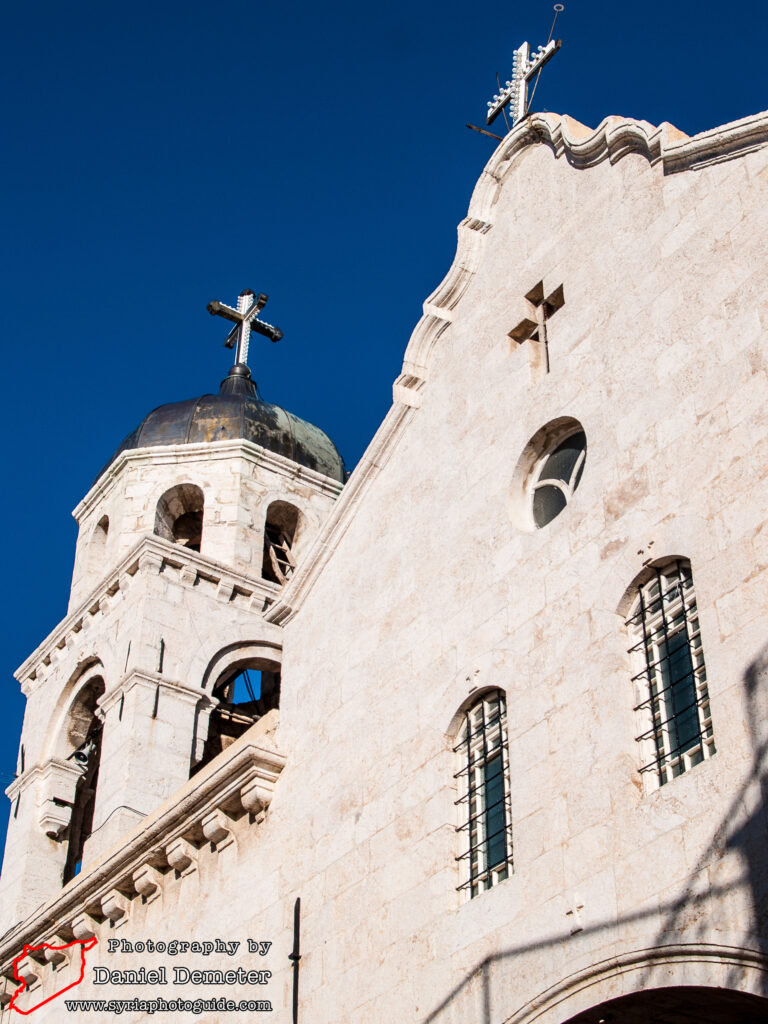
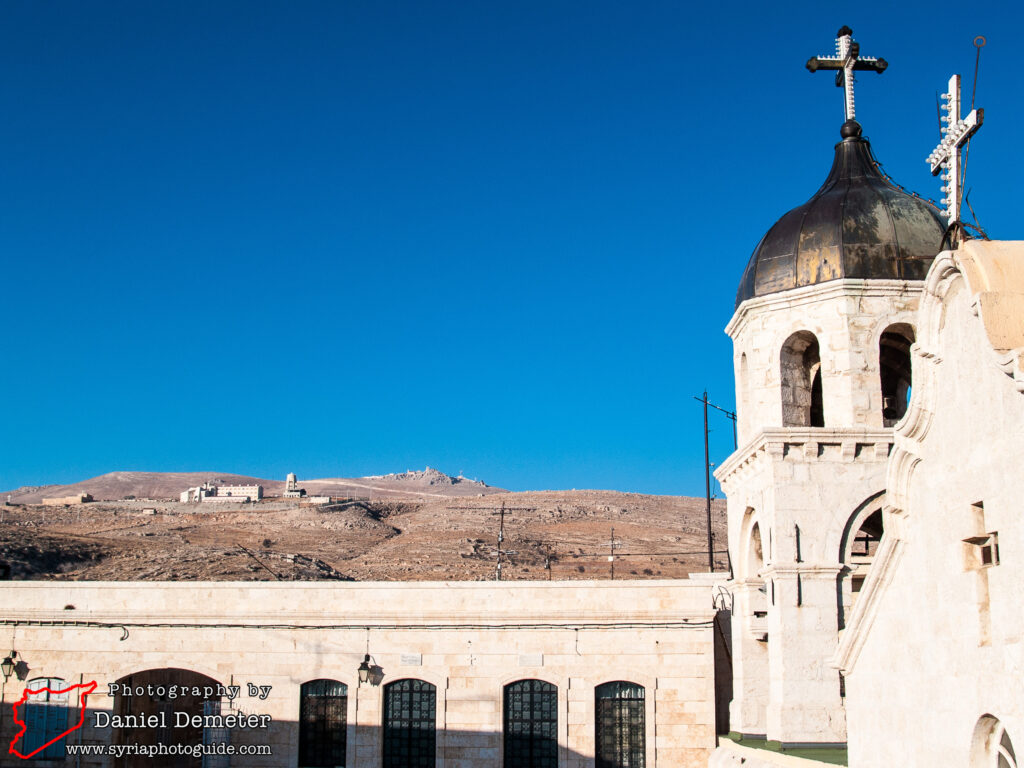
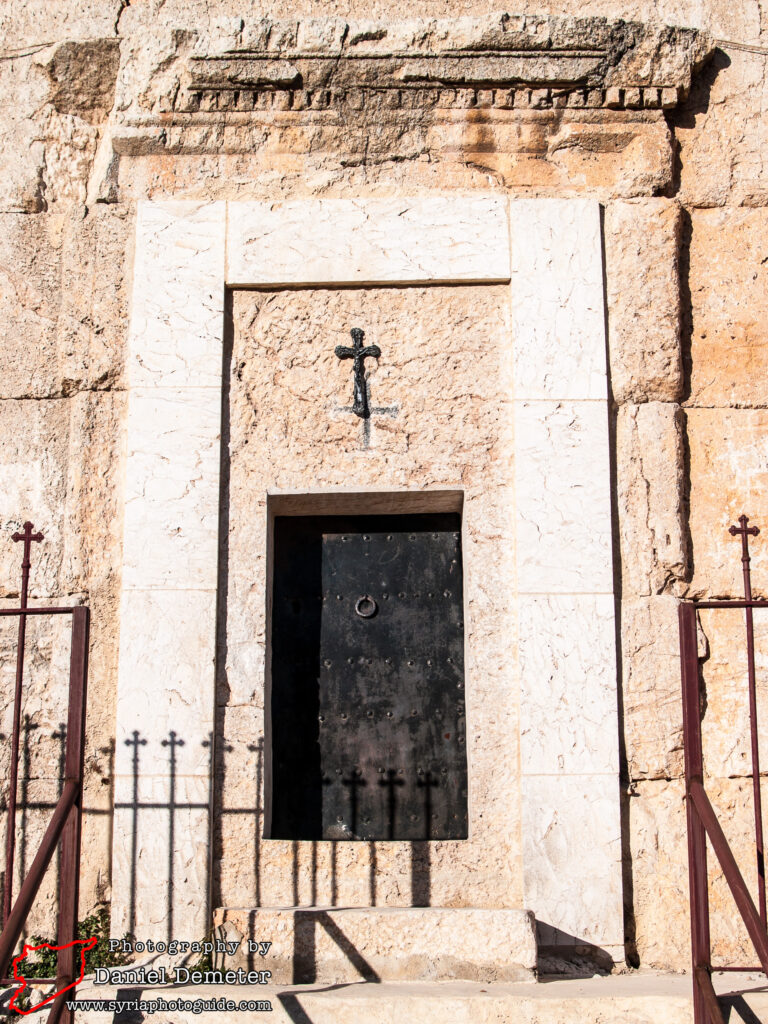
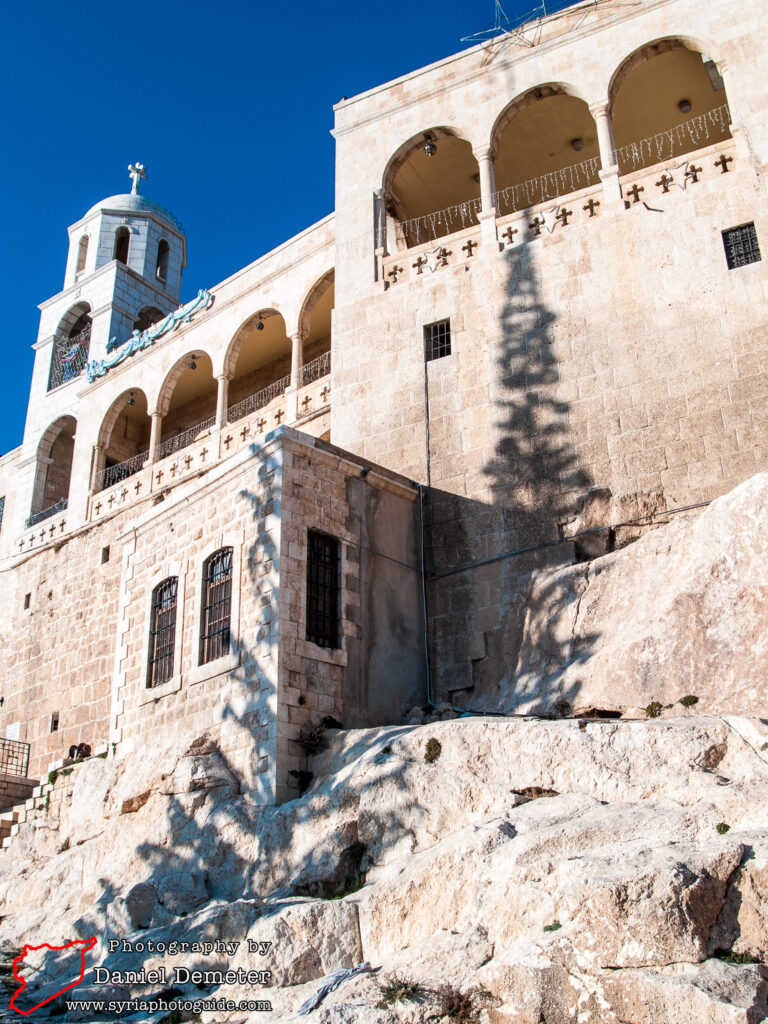
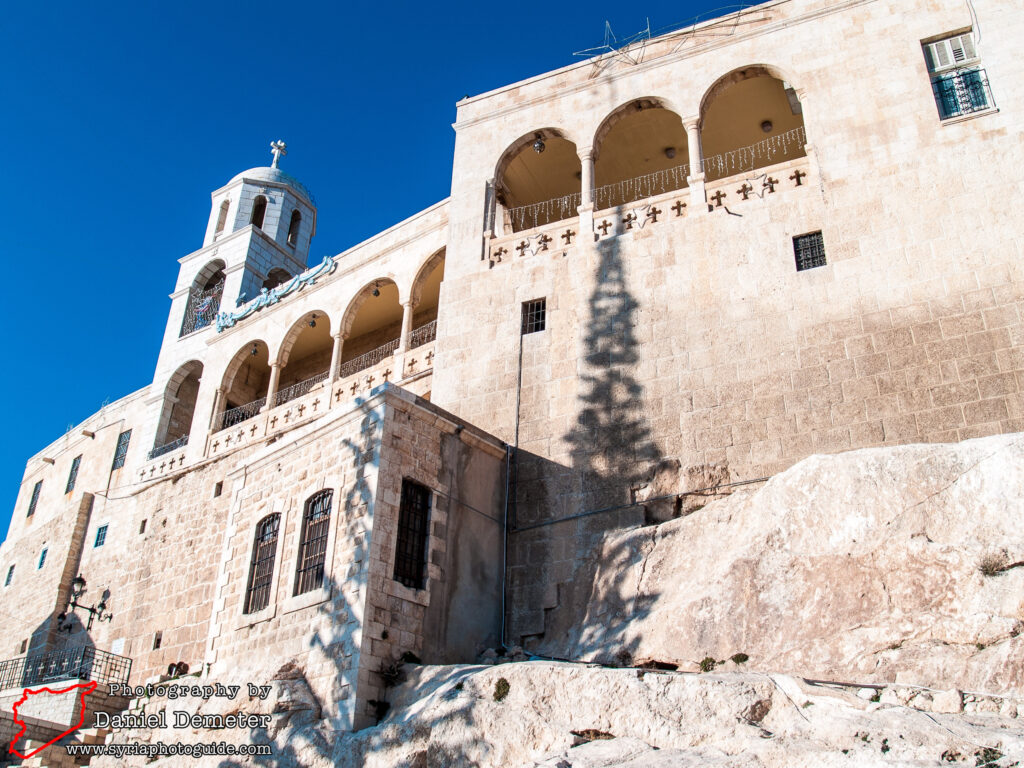
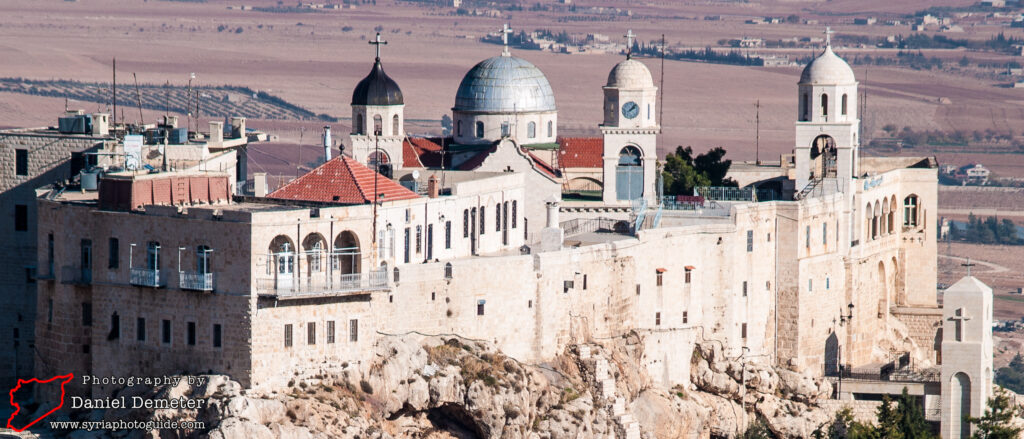
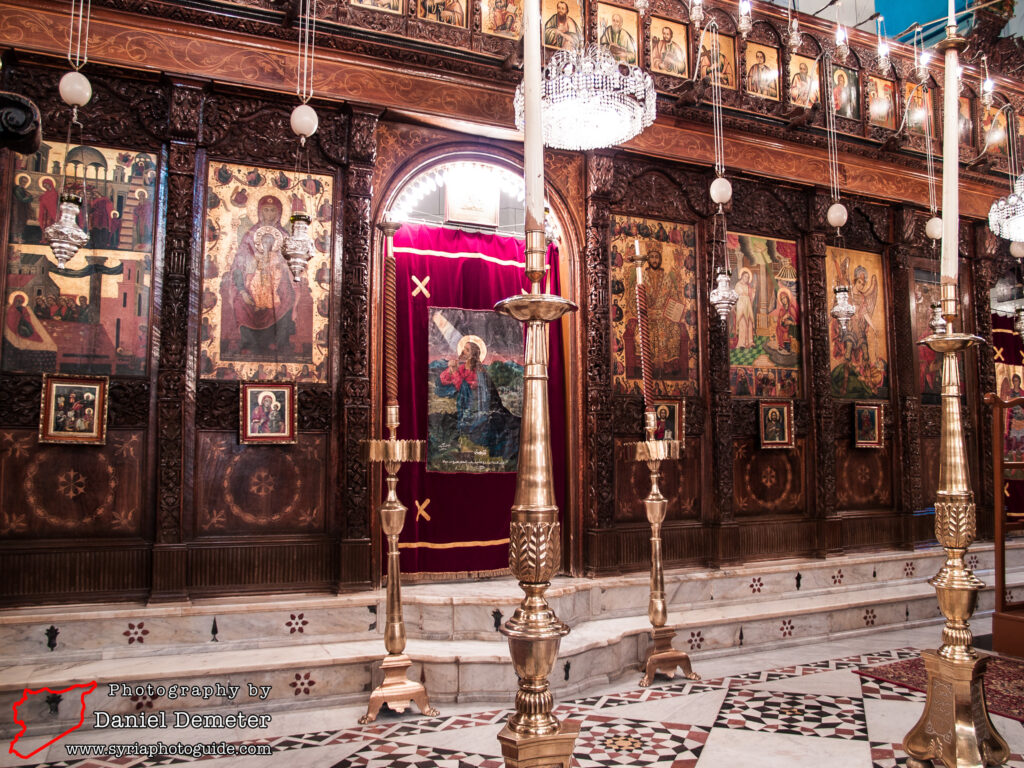
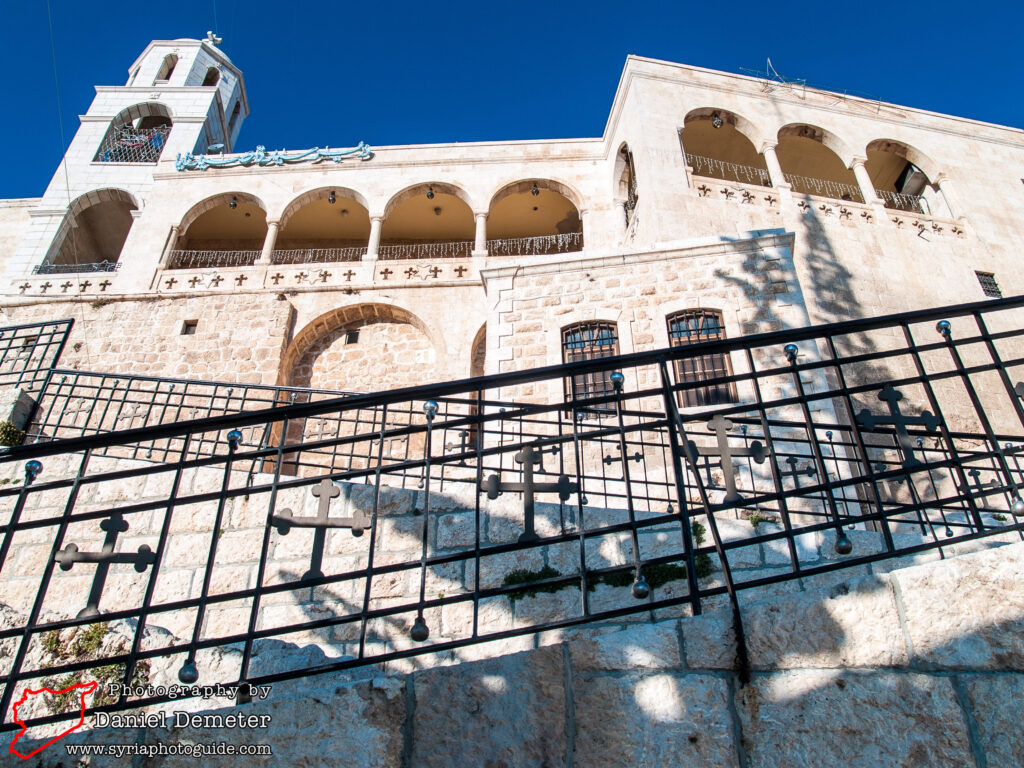
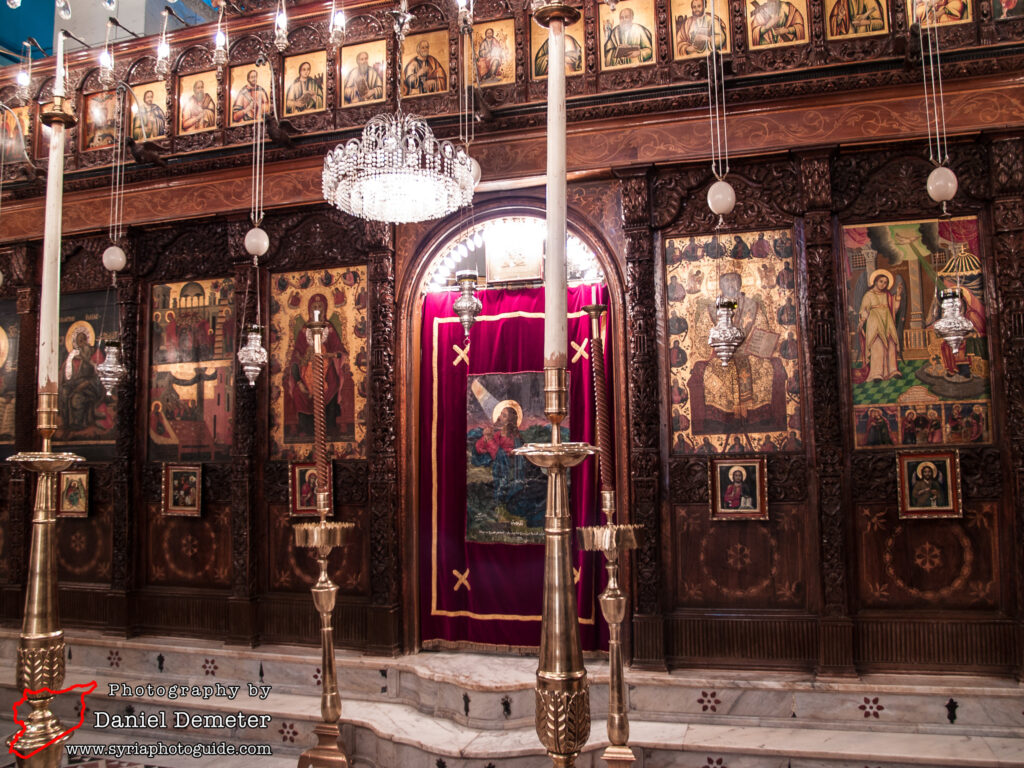
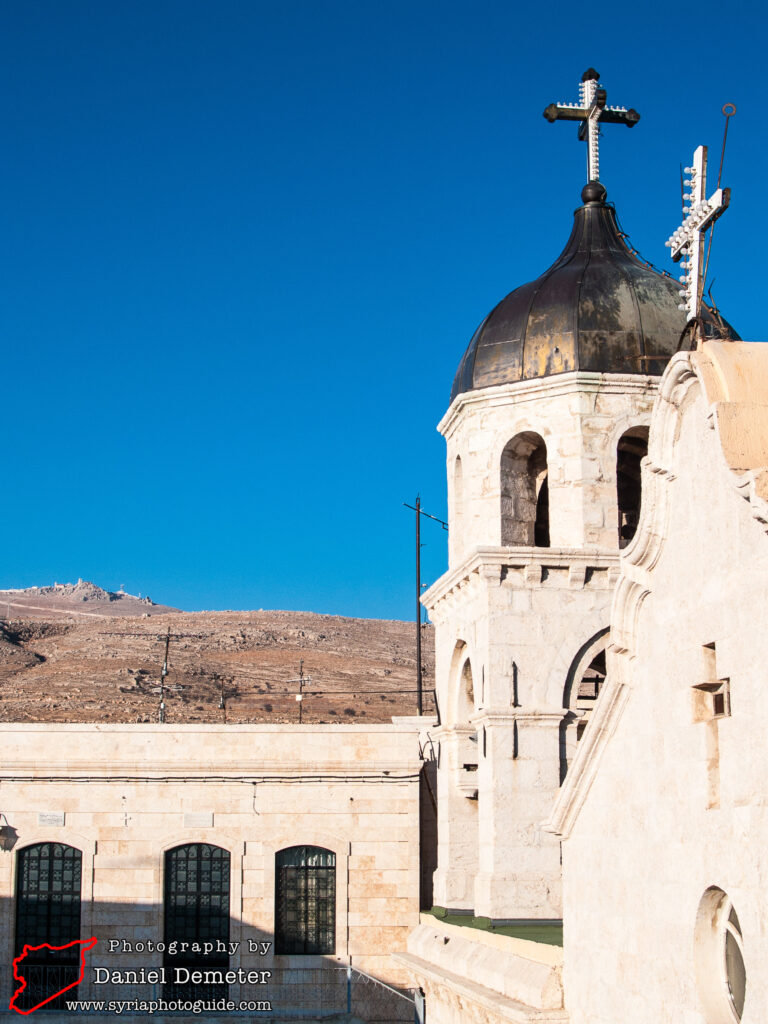
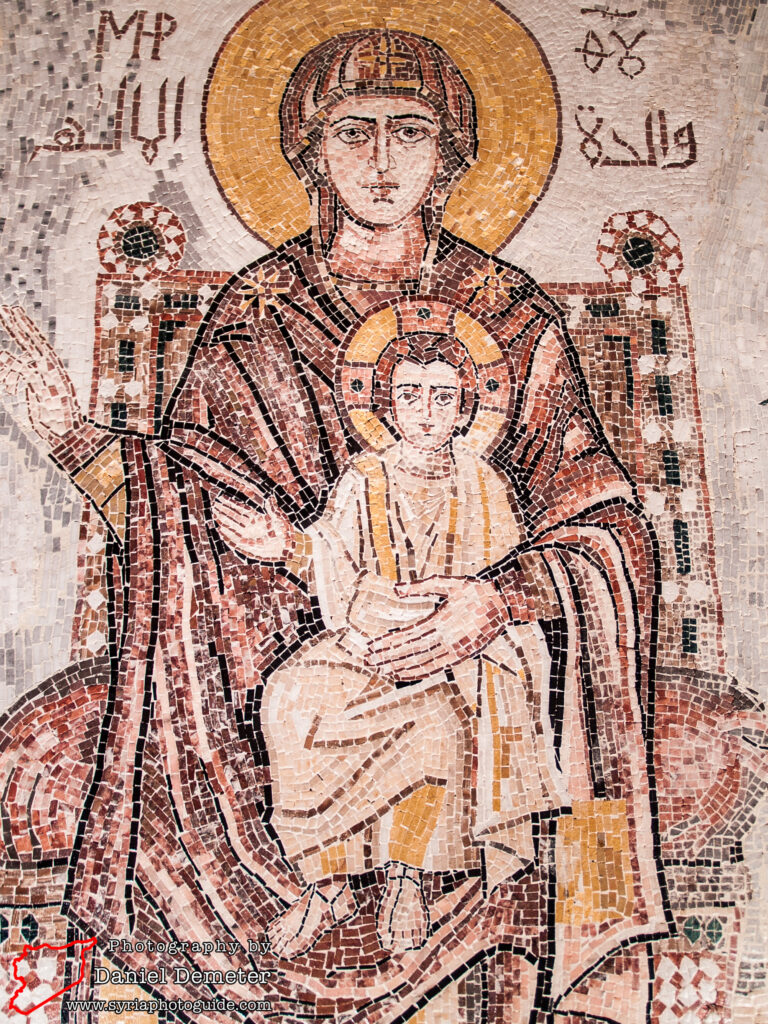
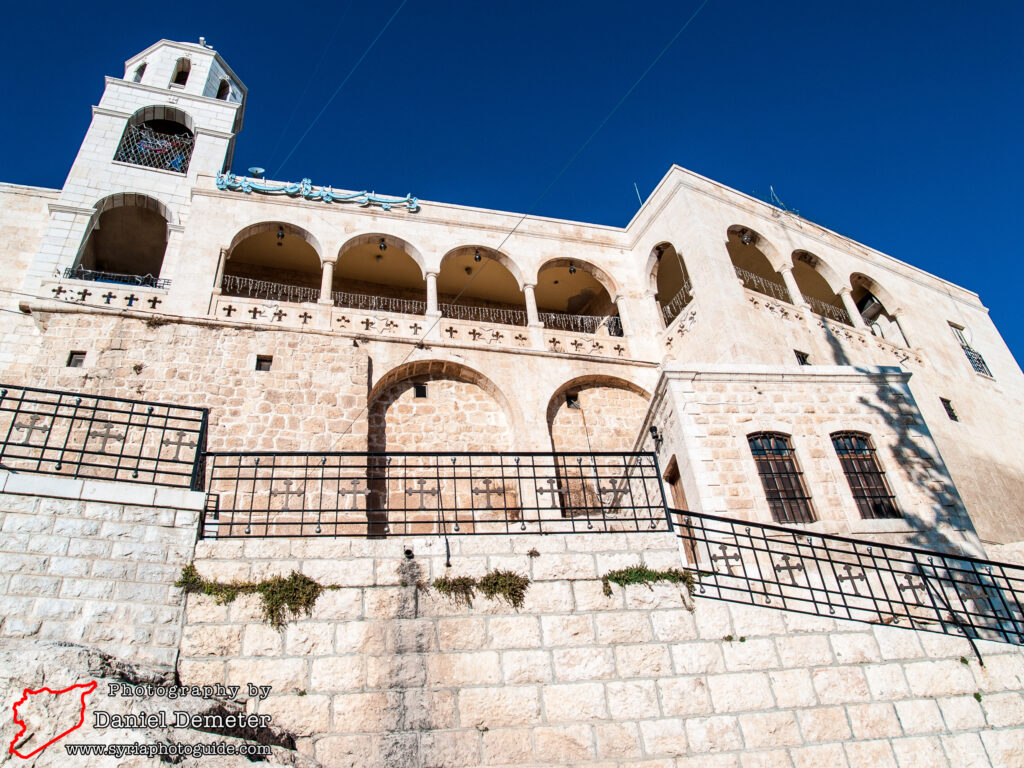
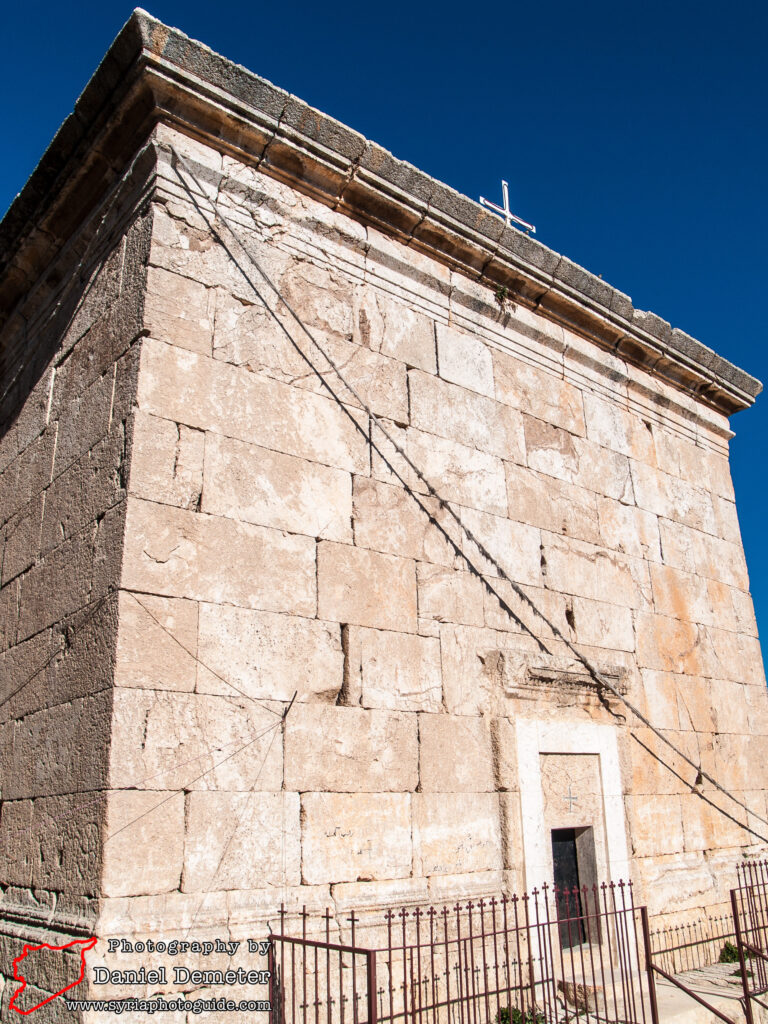
Preservation Status: The town of Seidnaya (صيدنايا) has remained under government control for the entirity of the military conflict in Syria, with no damage inflicted upon its heritage sites.
Getting There: Frequent microbuses from Damascus (دمشق) to Seidnaya (صيدنايا) depart from the microbus station near Balal Square (ساحة بلال) between Qasaa (قصاع) and Zablatani (زبلطاني), slightly northeast of Bab Touma Square (ساحة باب توما). The trip takes about 30-45 minutes. There is no public transportation between Seidnaya (صيدنايا) and Maalula (معلولا).
Coordinates: 33°41’58.49″N / 36°22’29.79″E
Transliteration Variants: Saidnaya, Seydnaya, Saydnaya
Rating: 7 / 10
